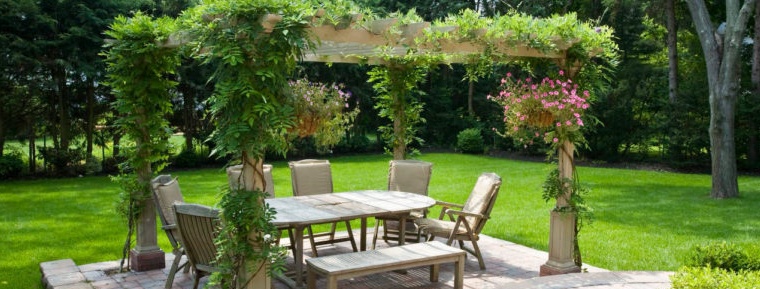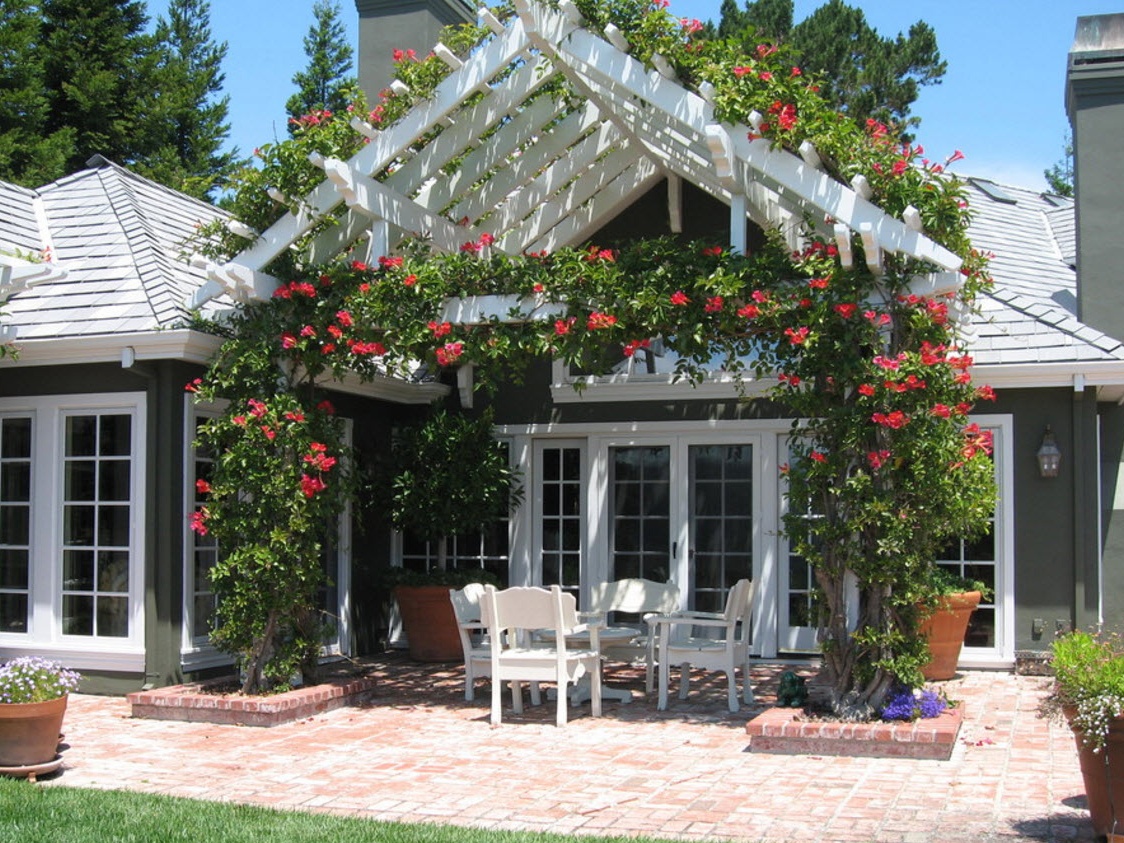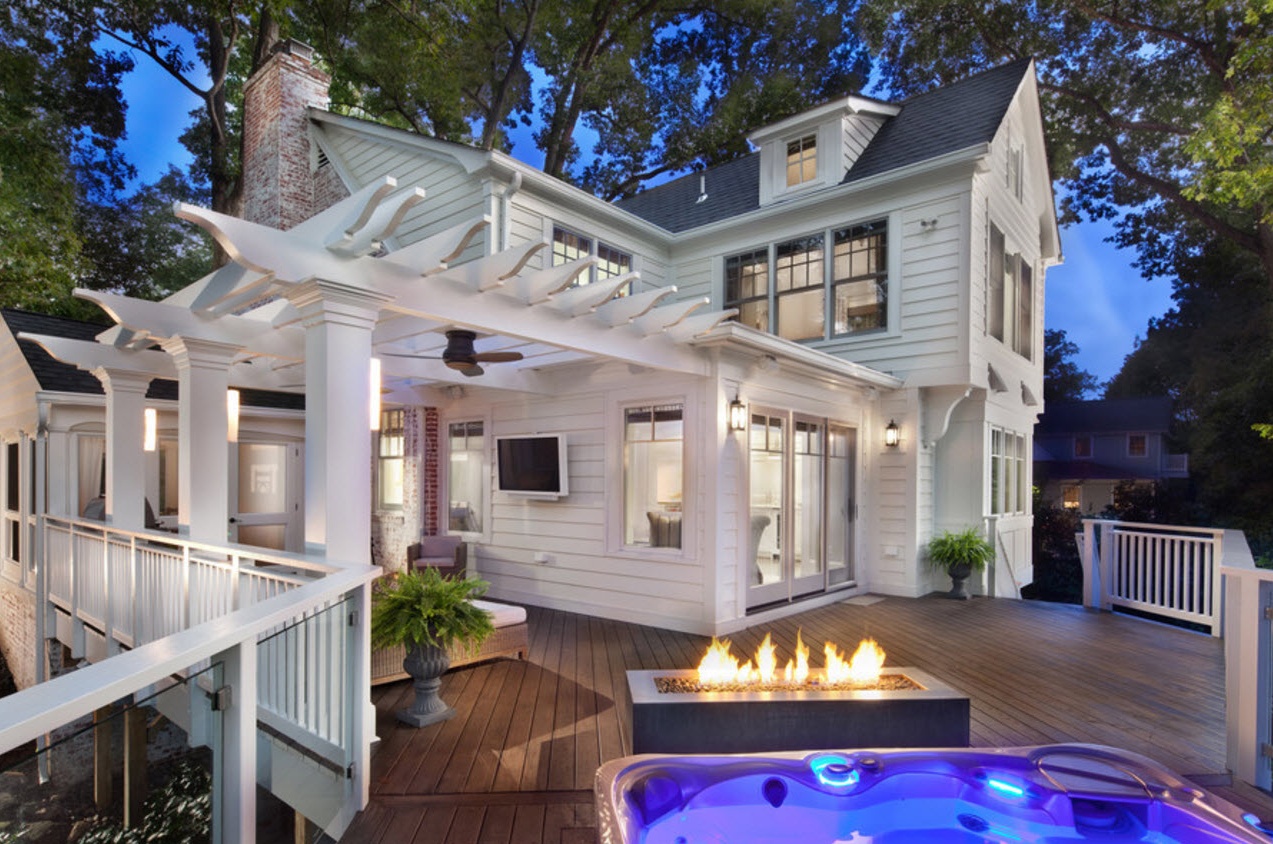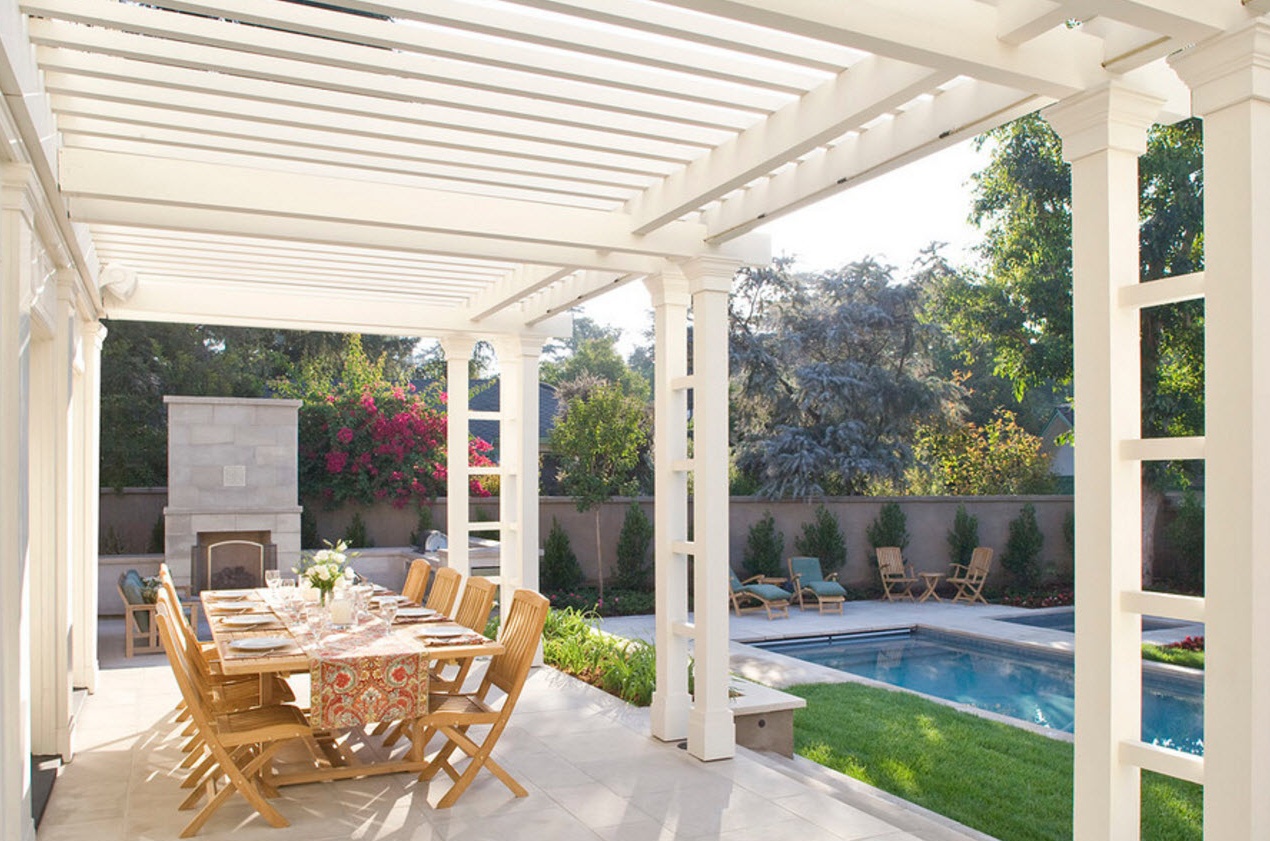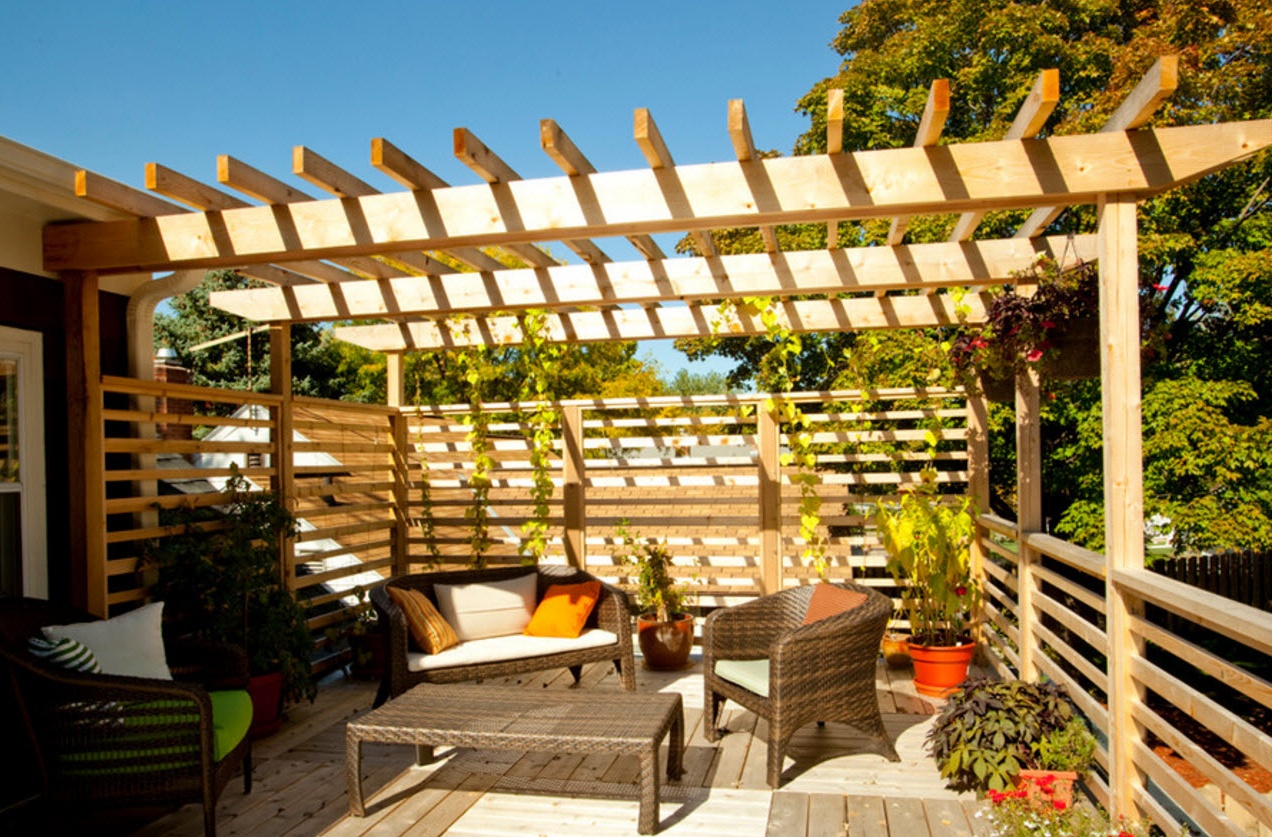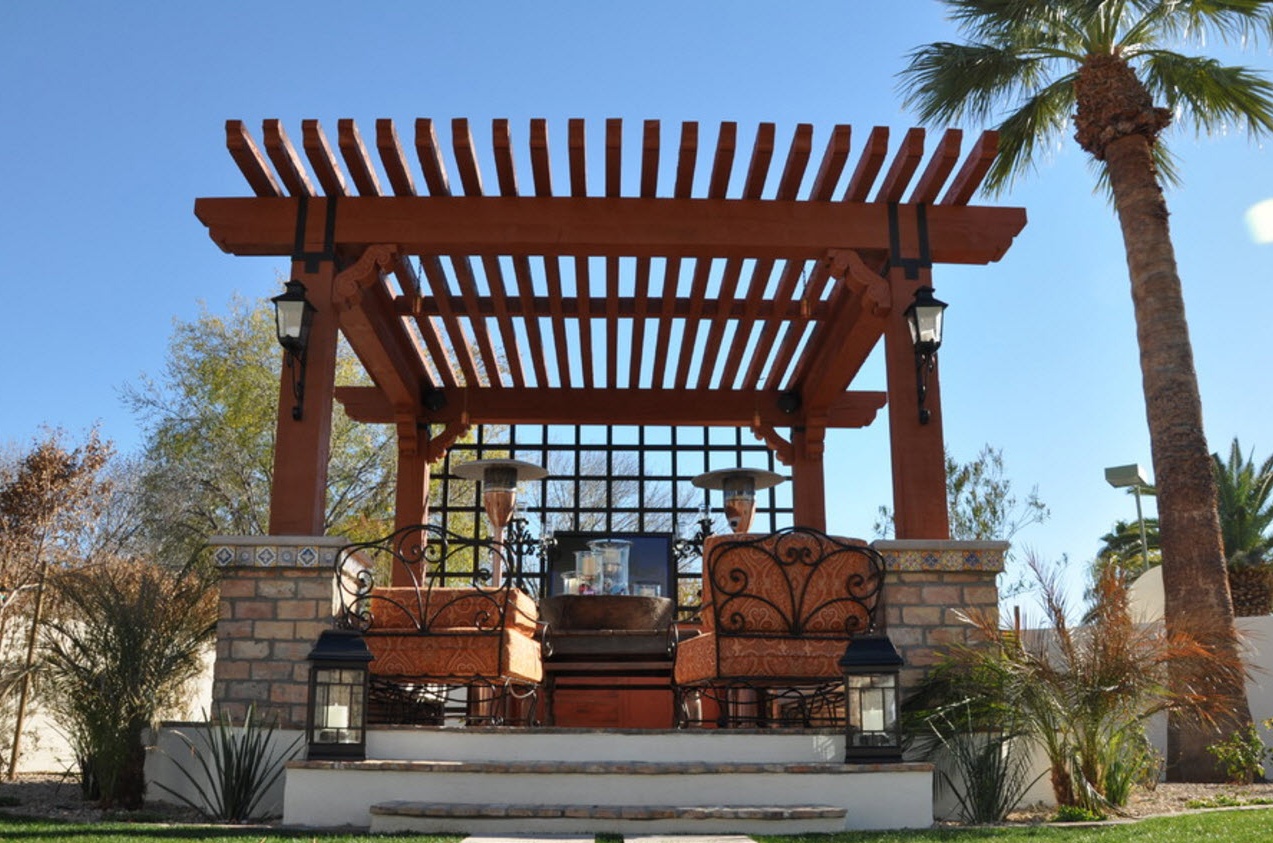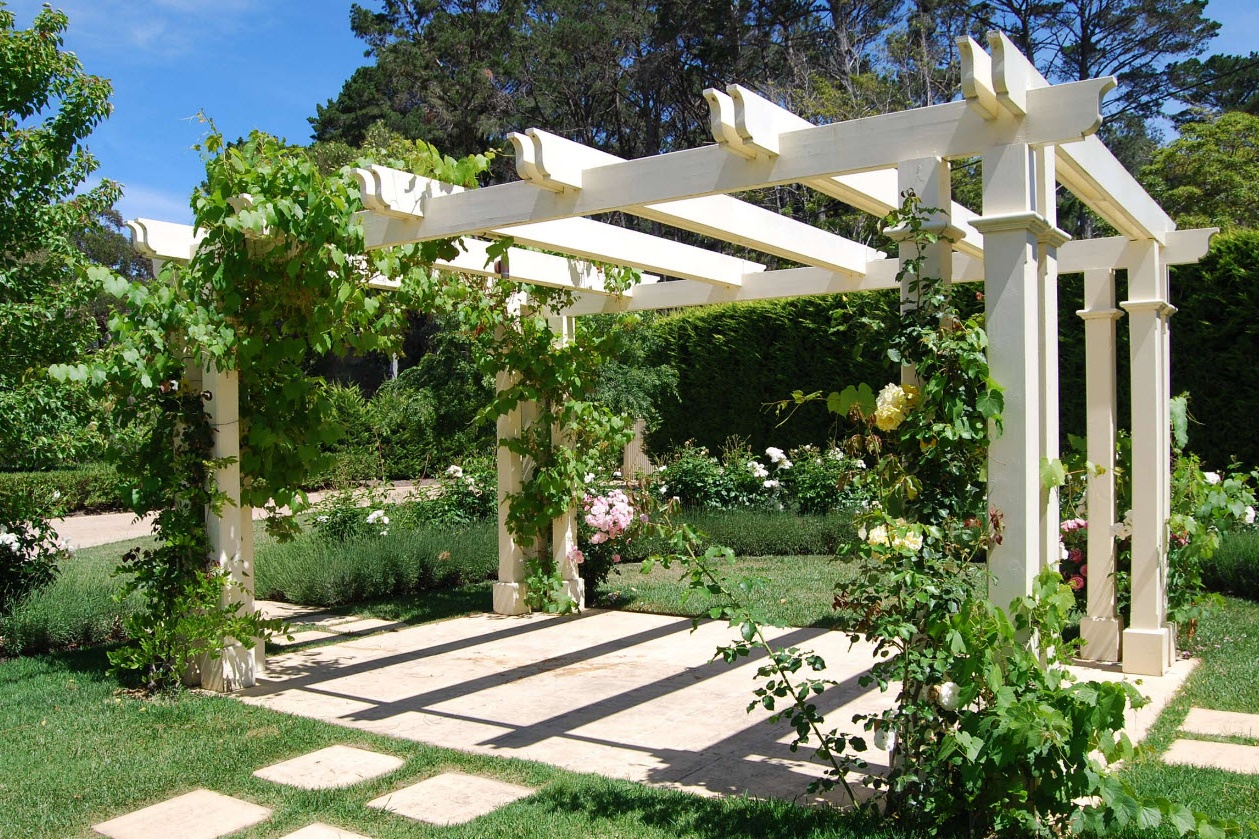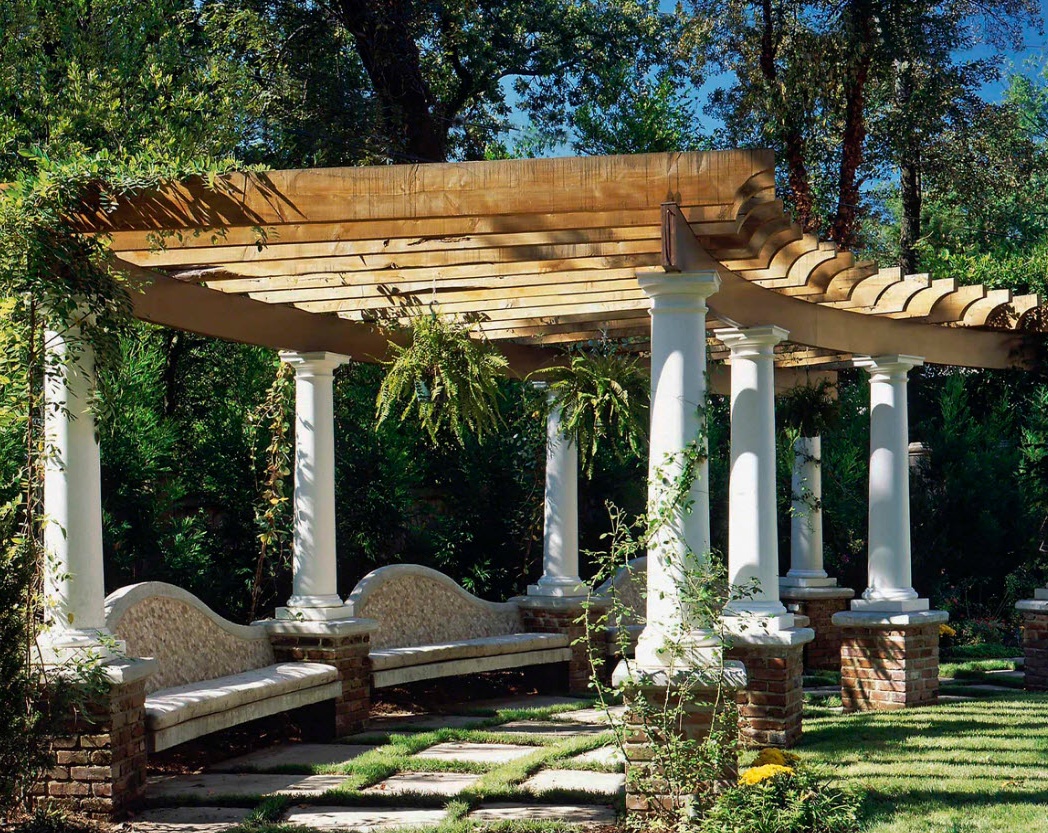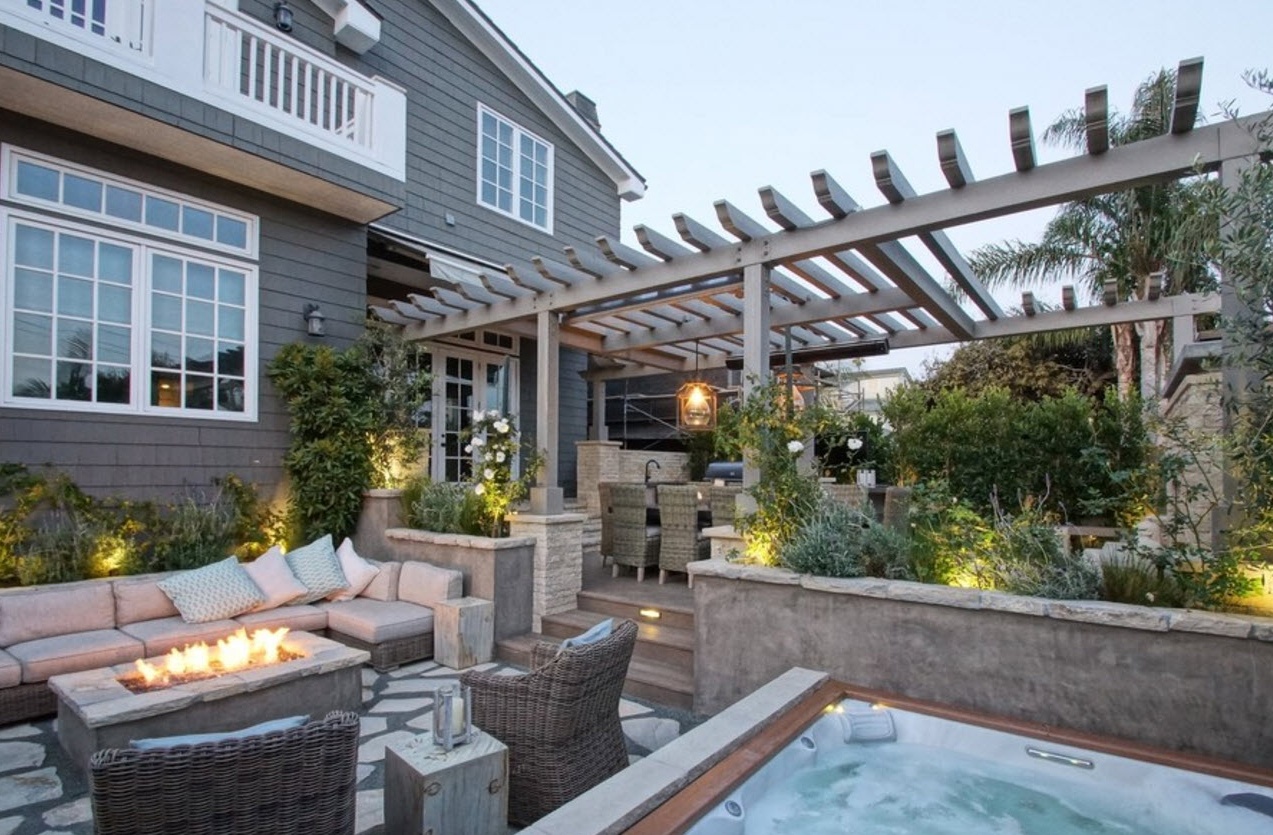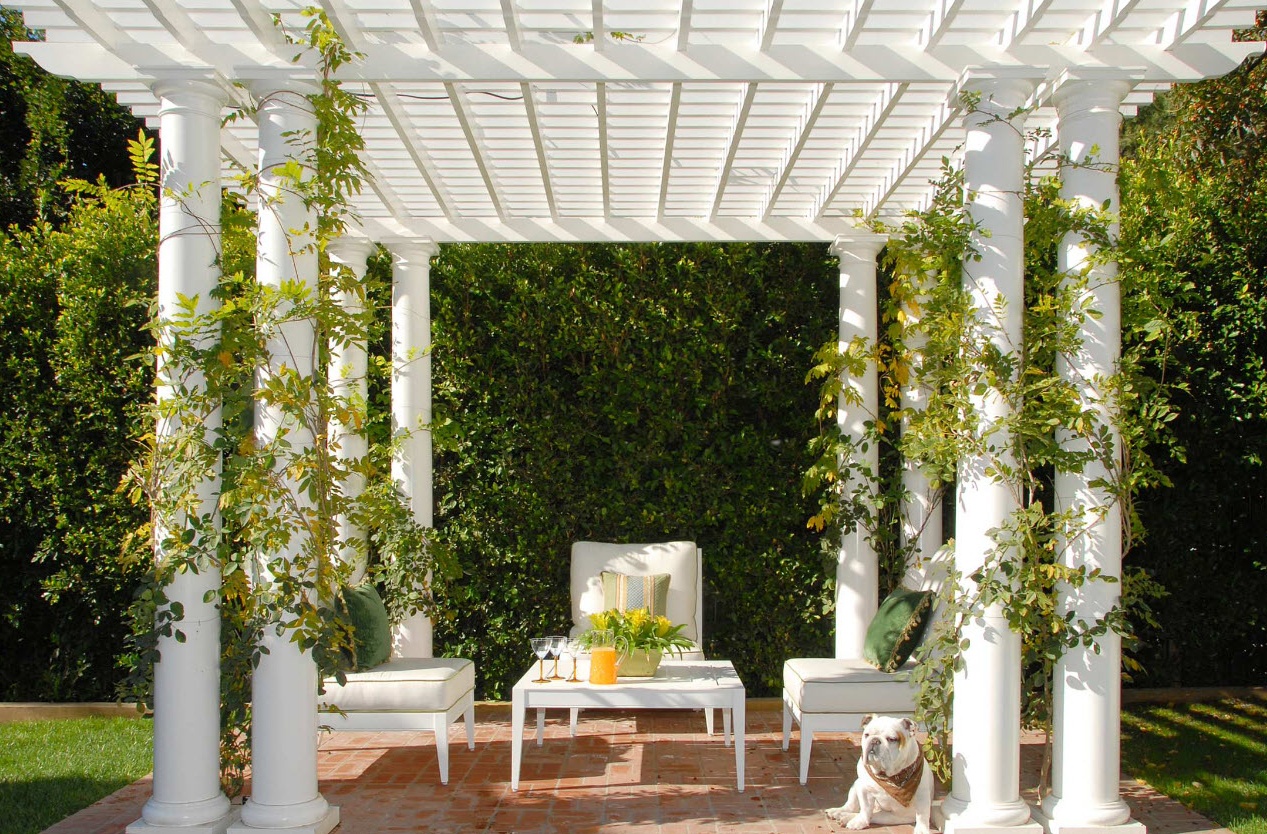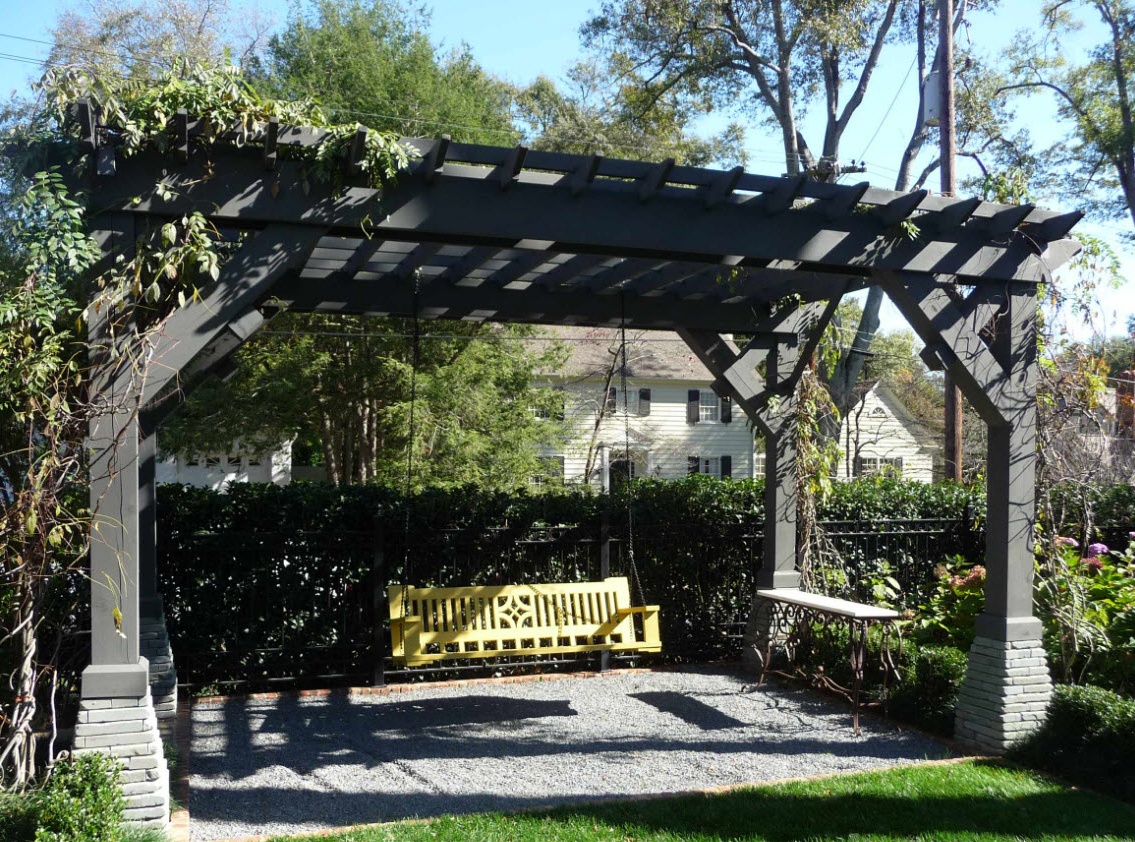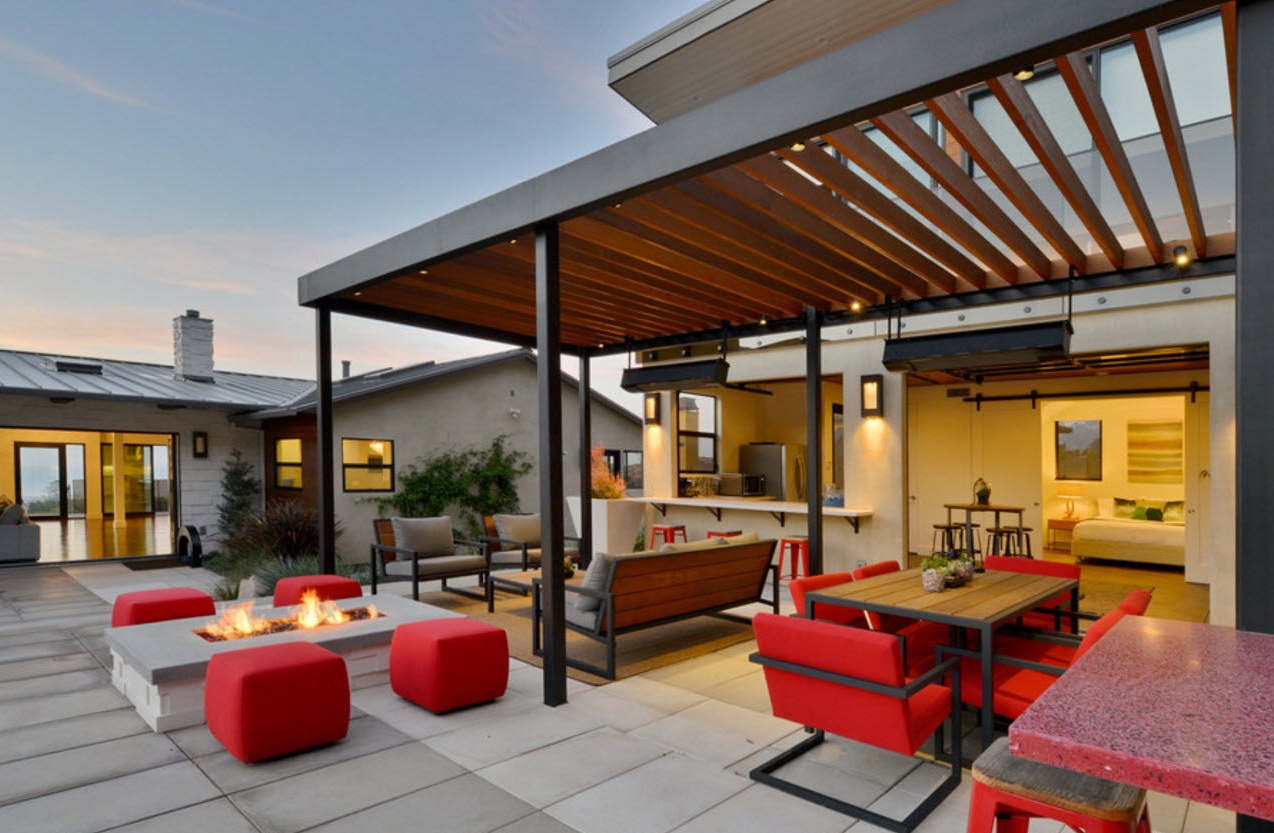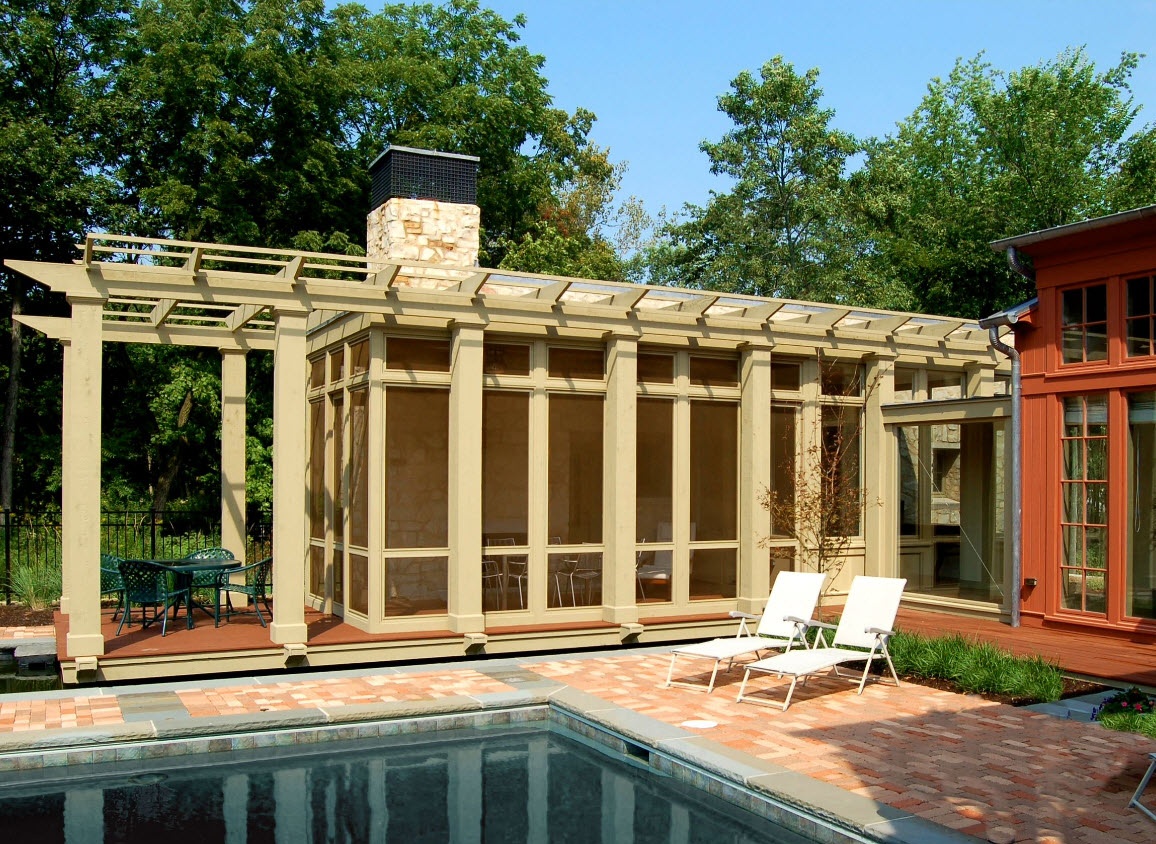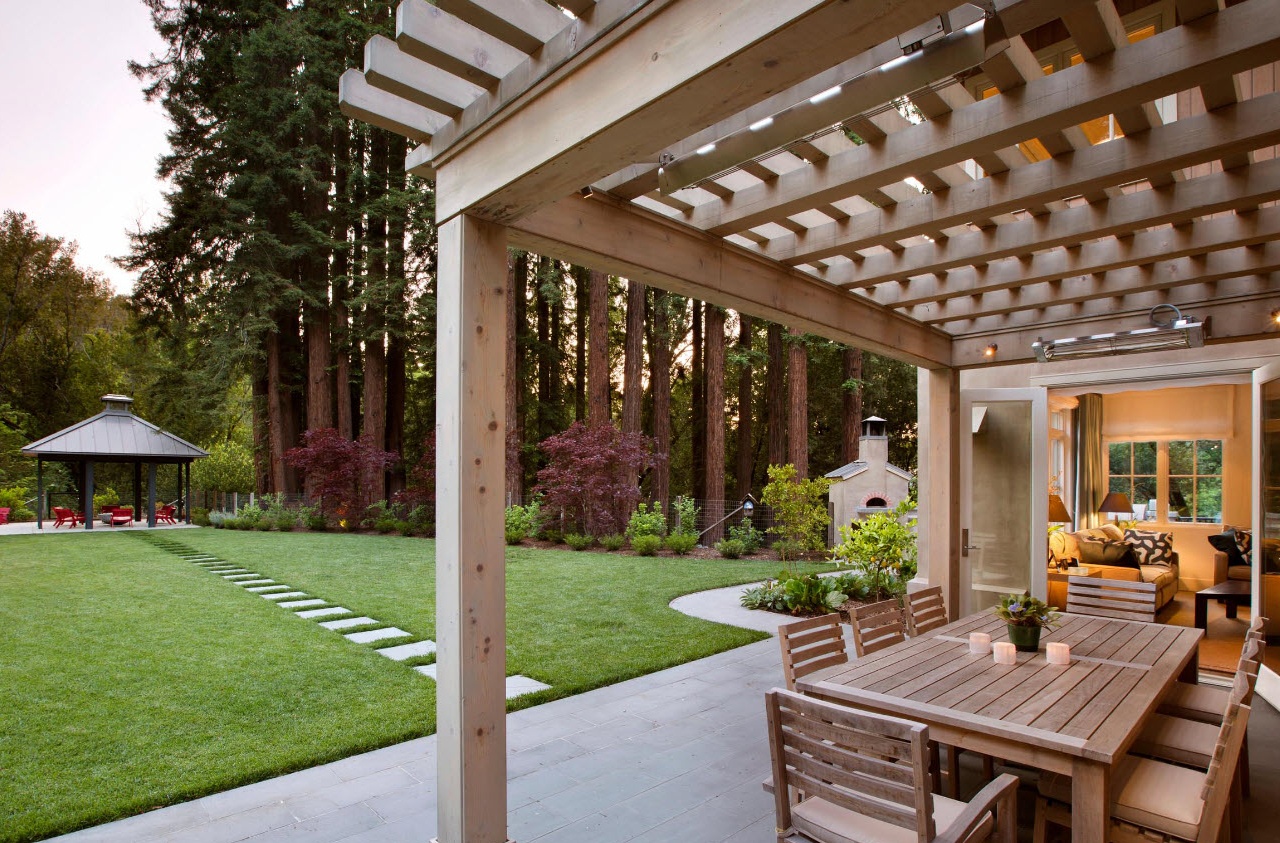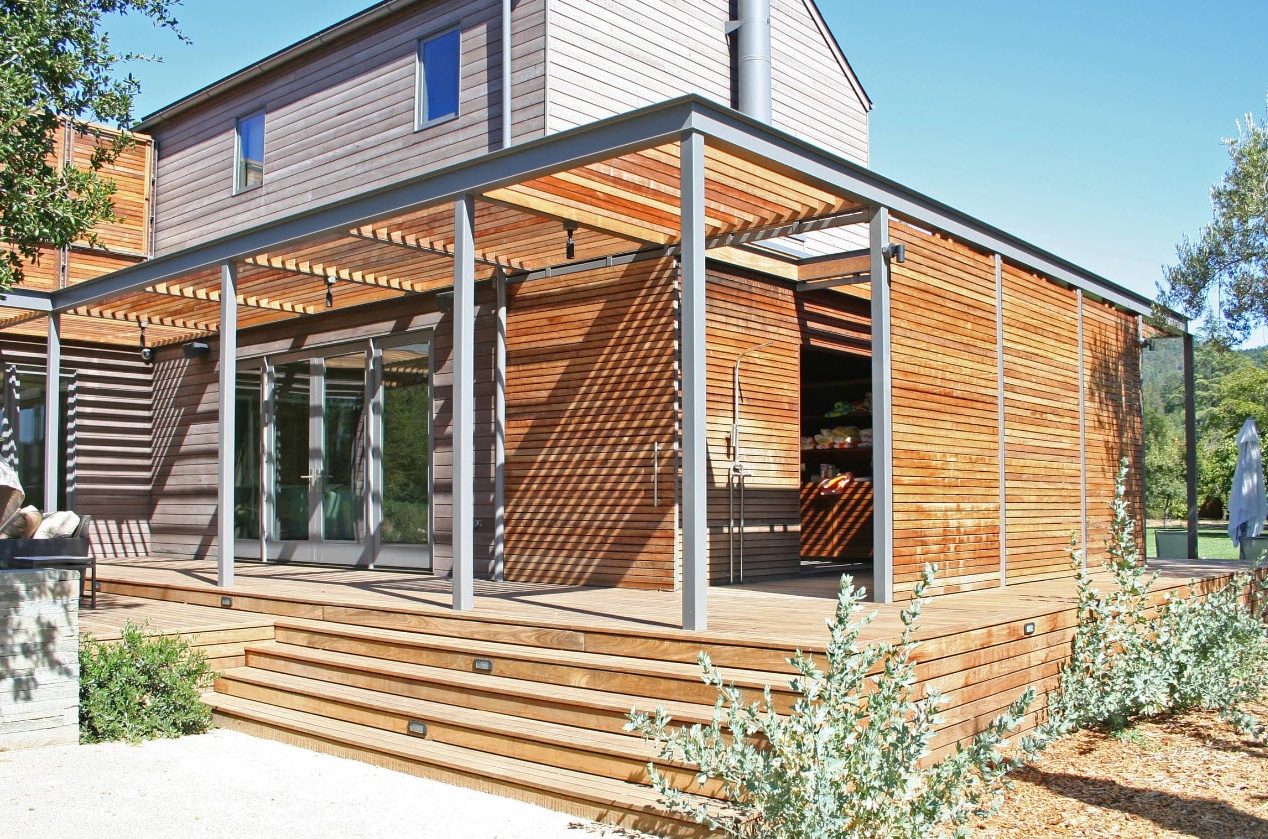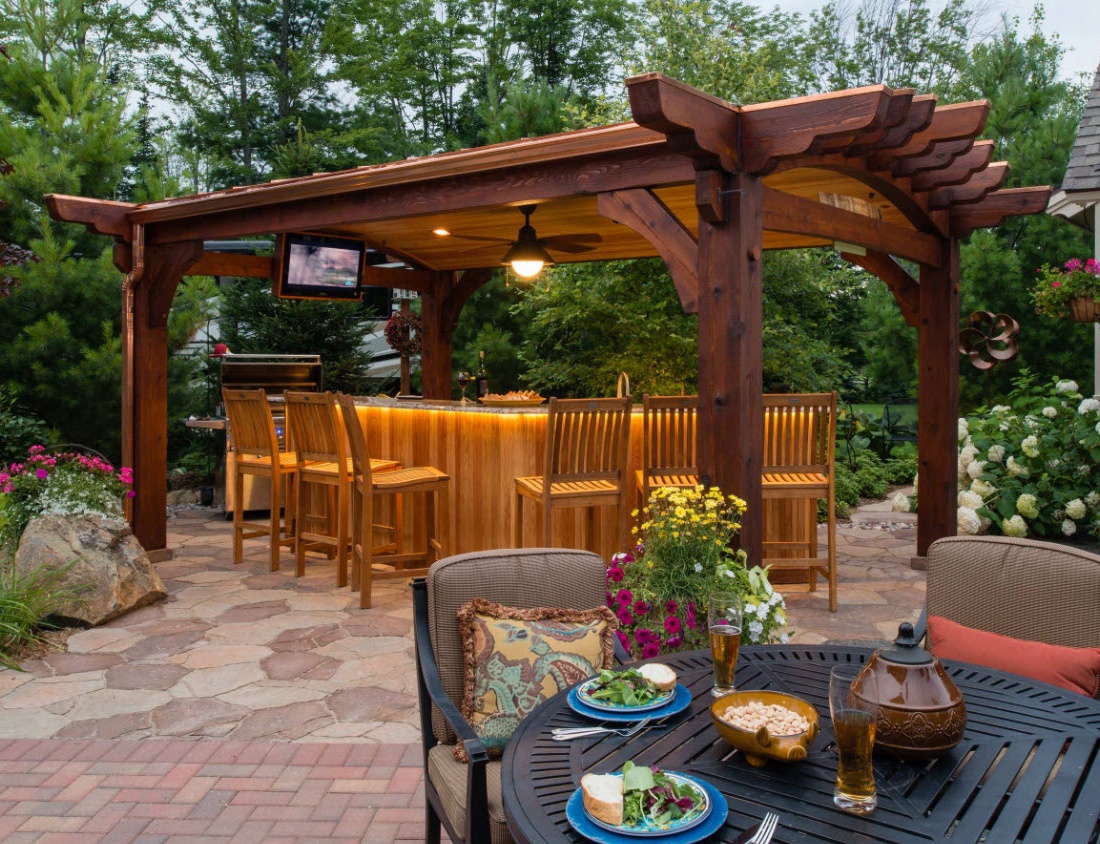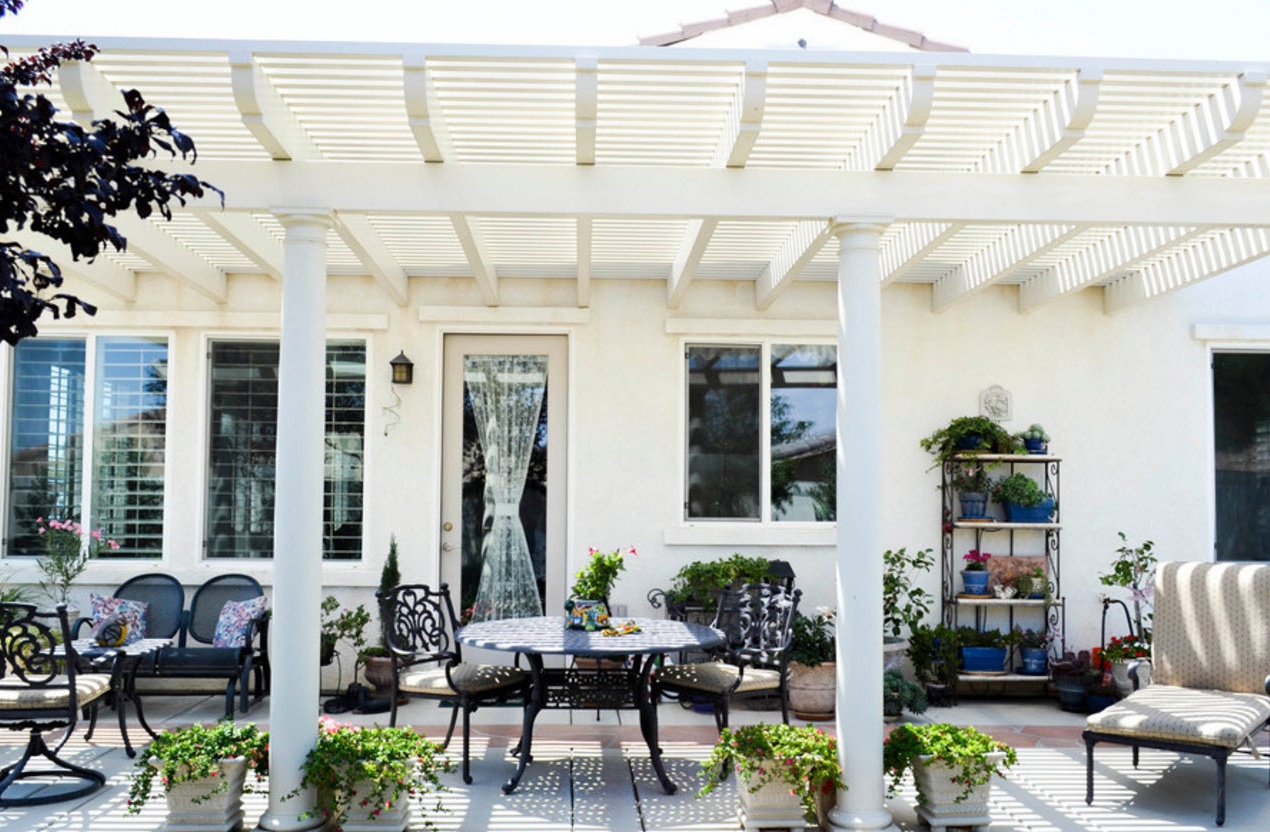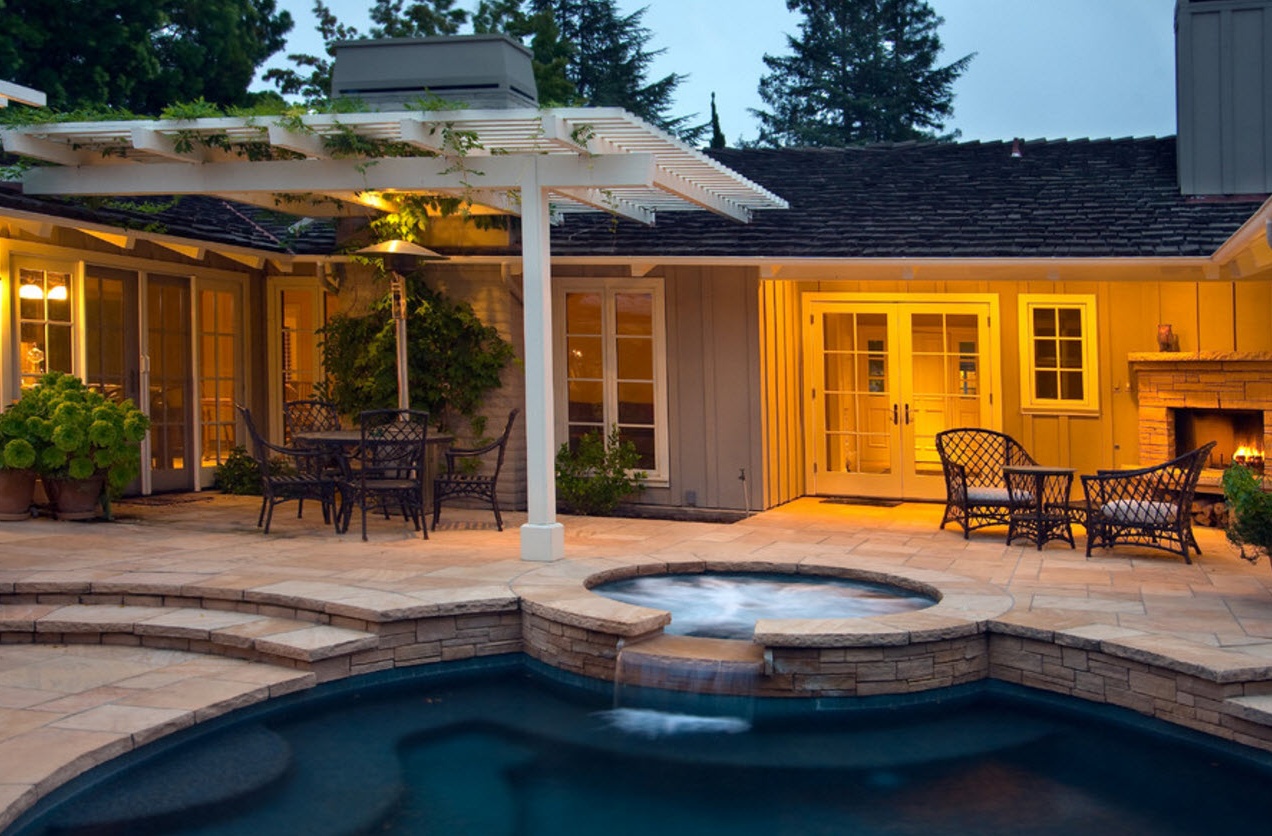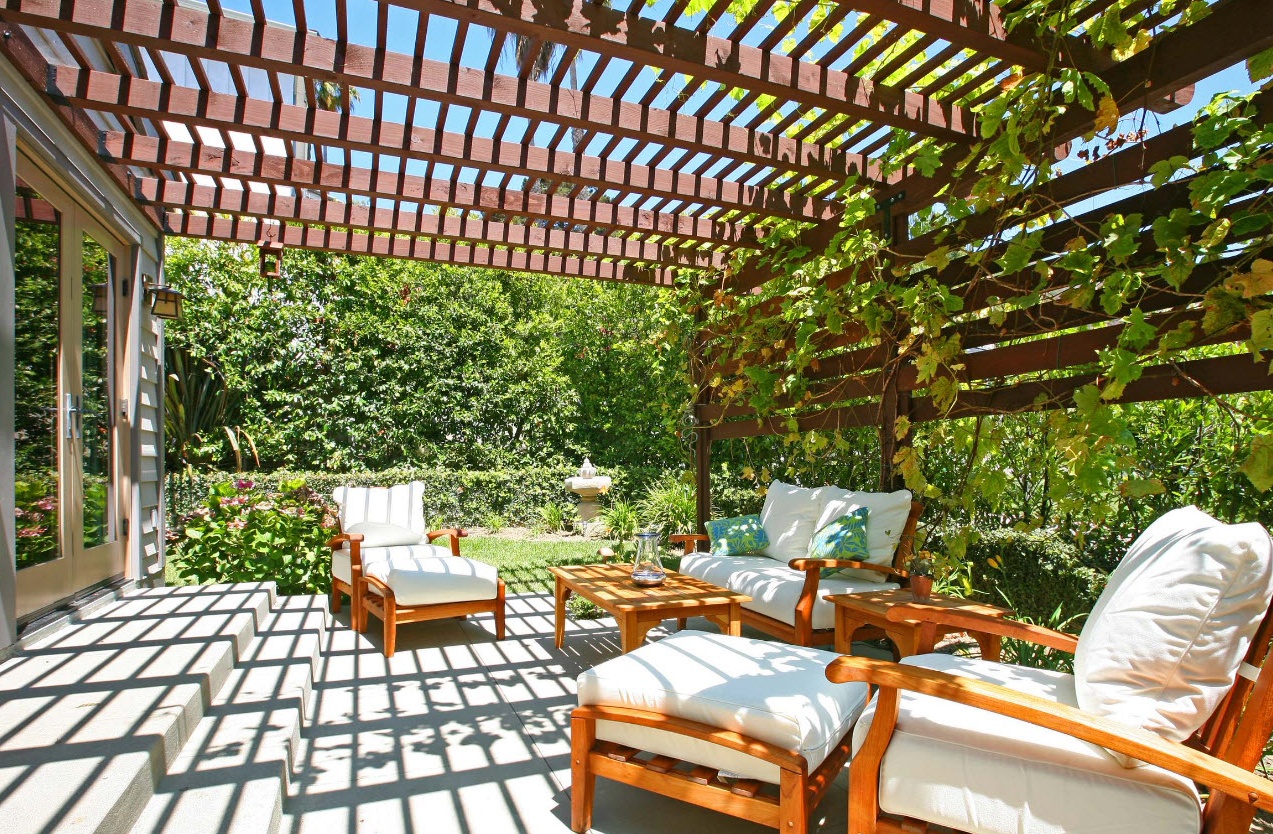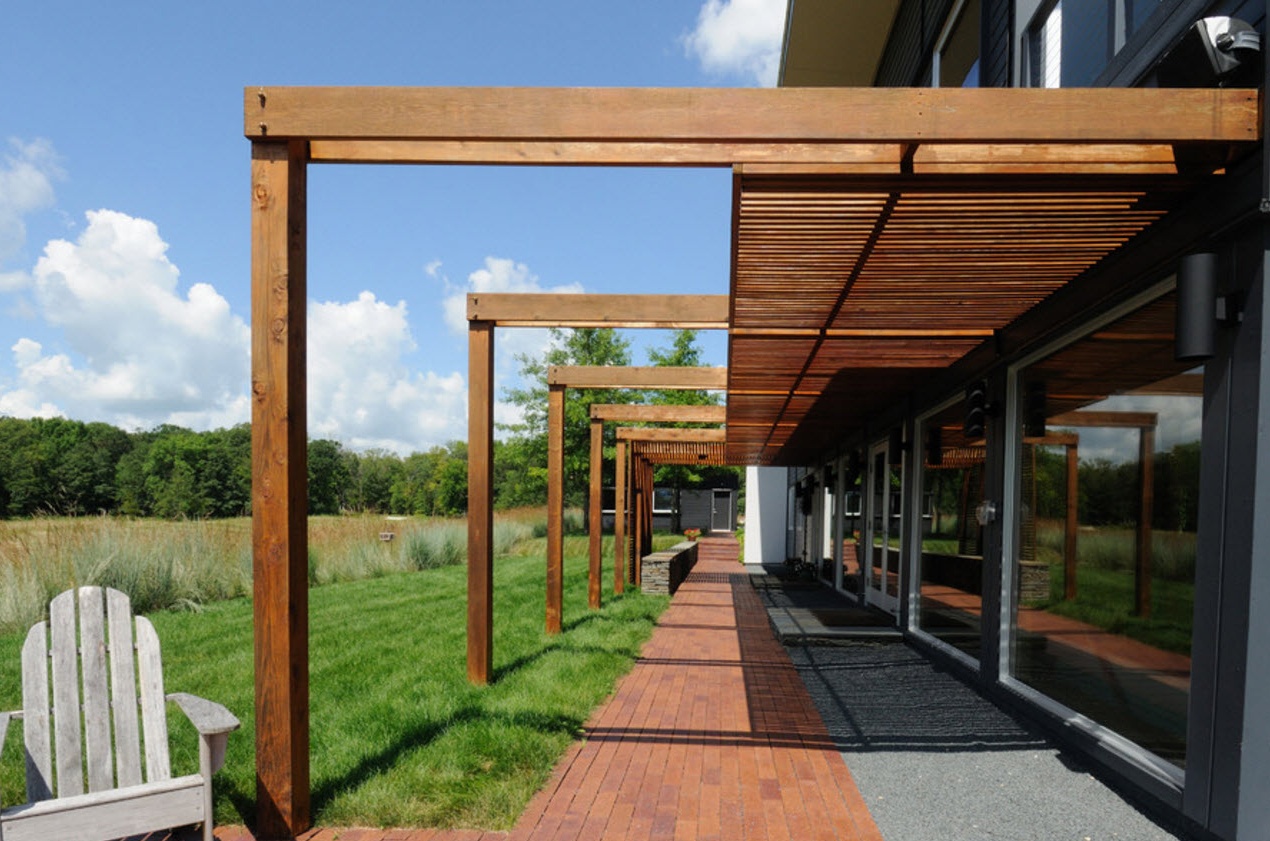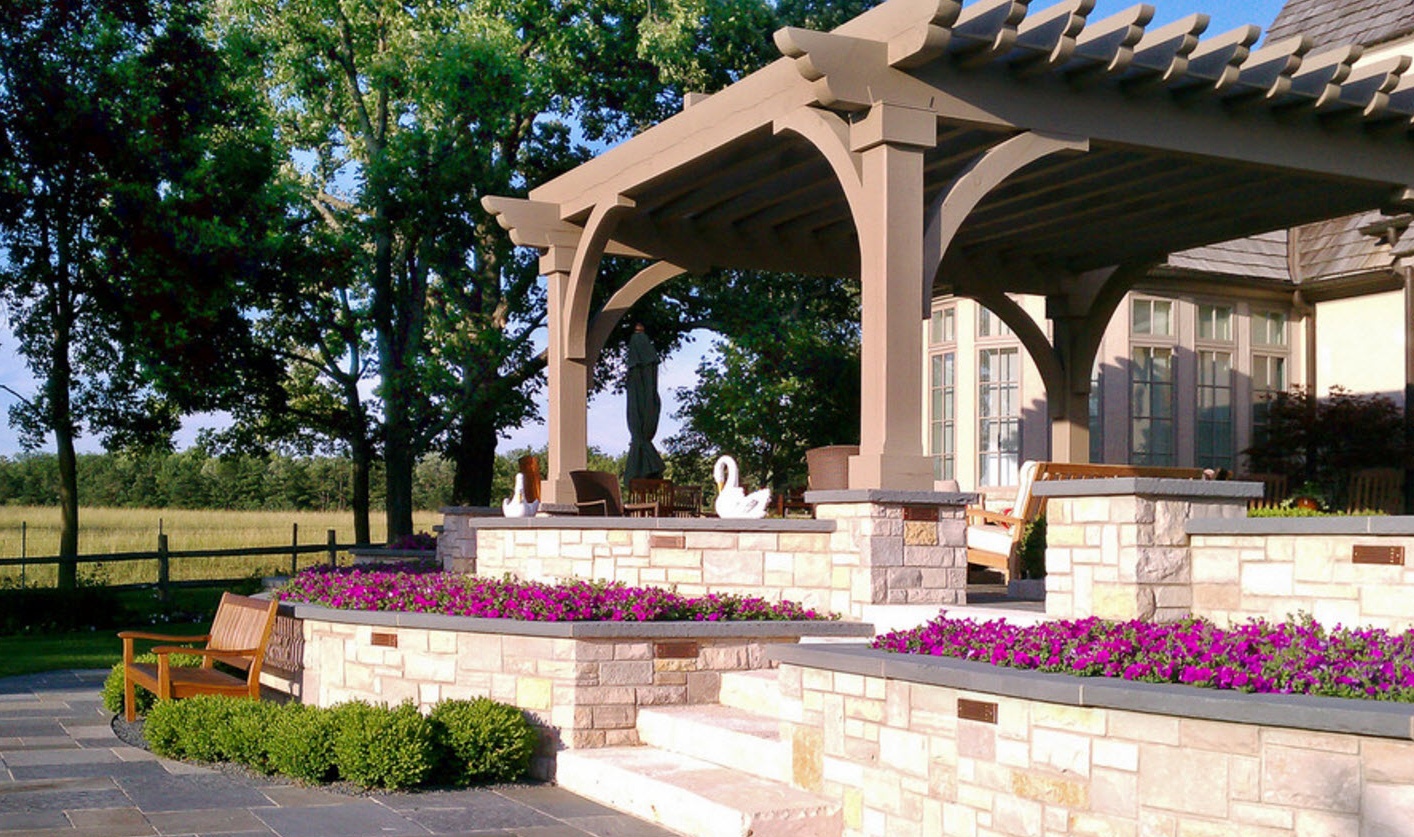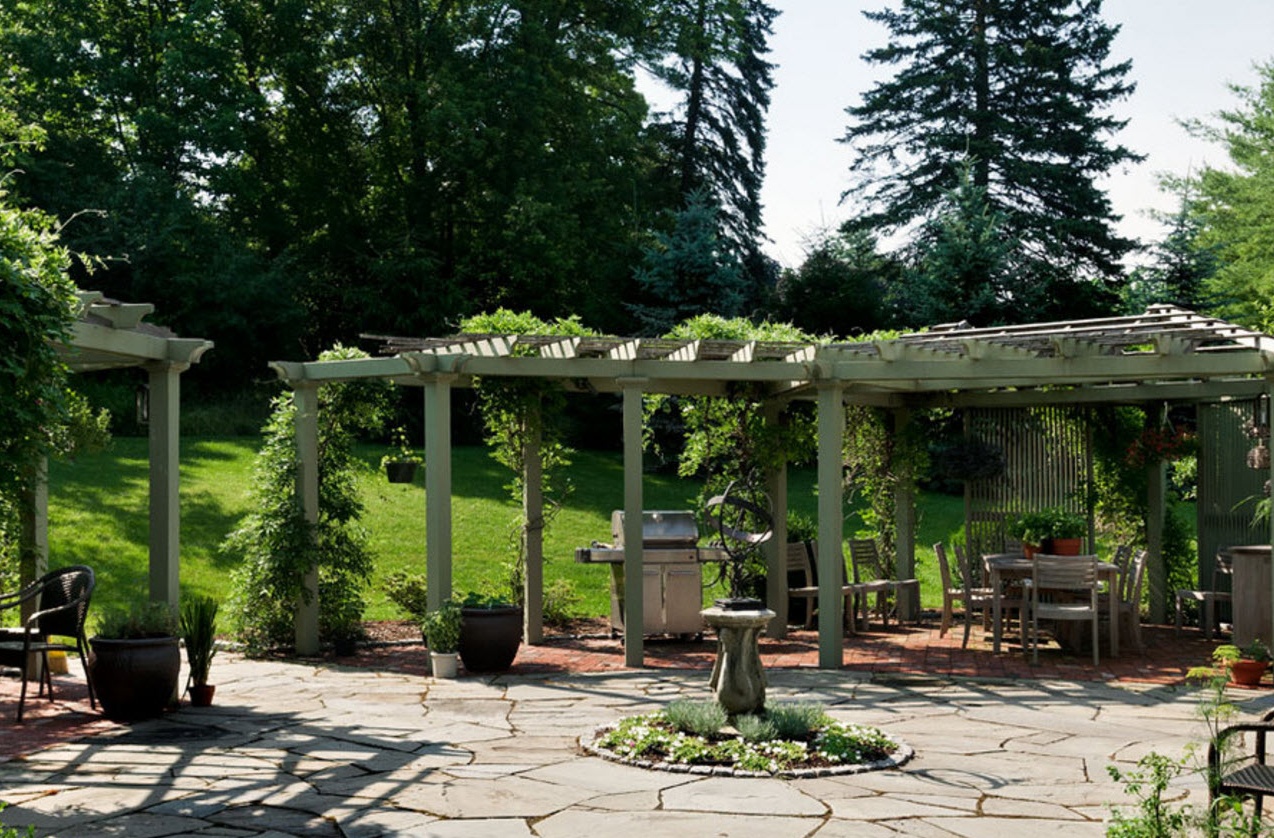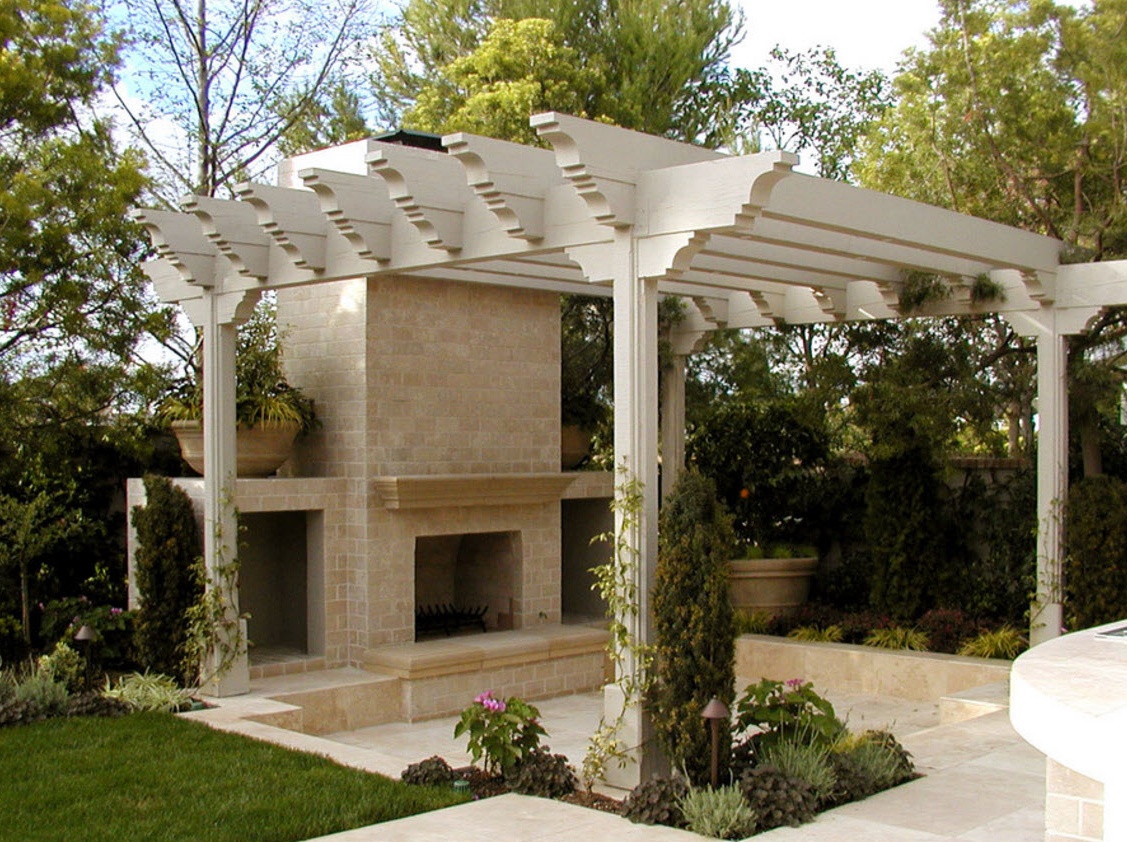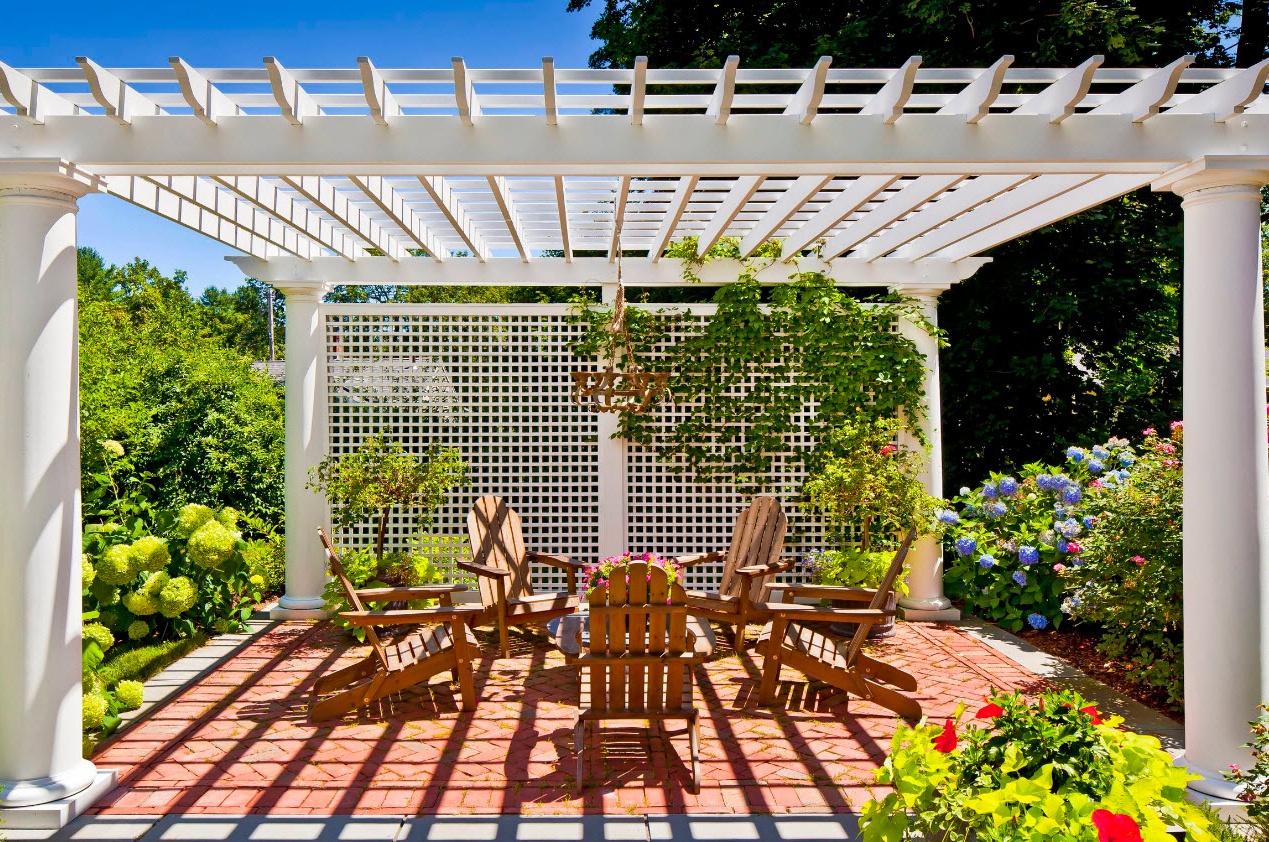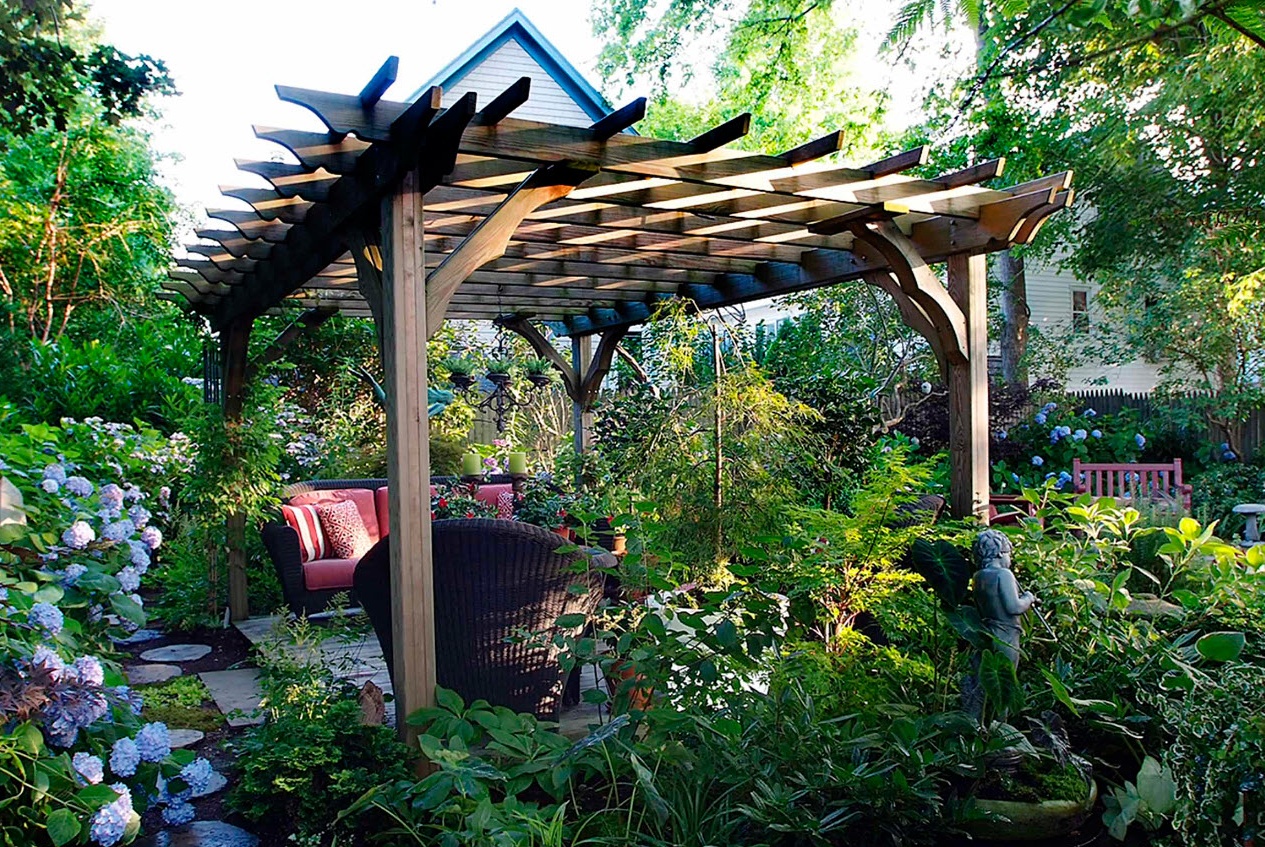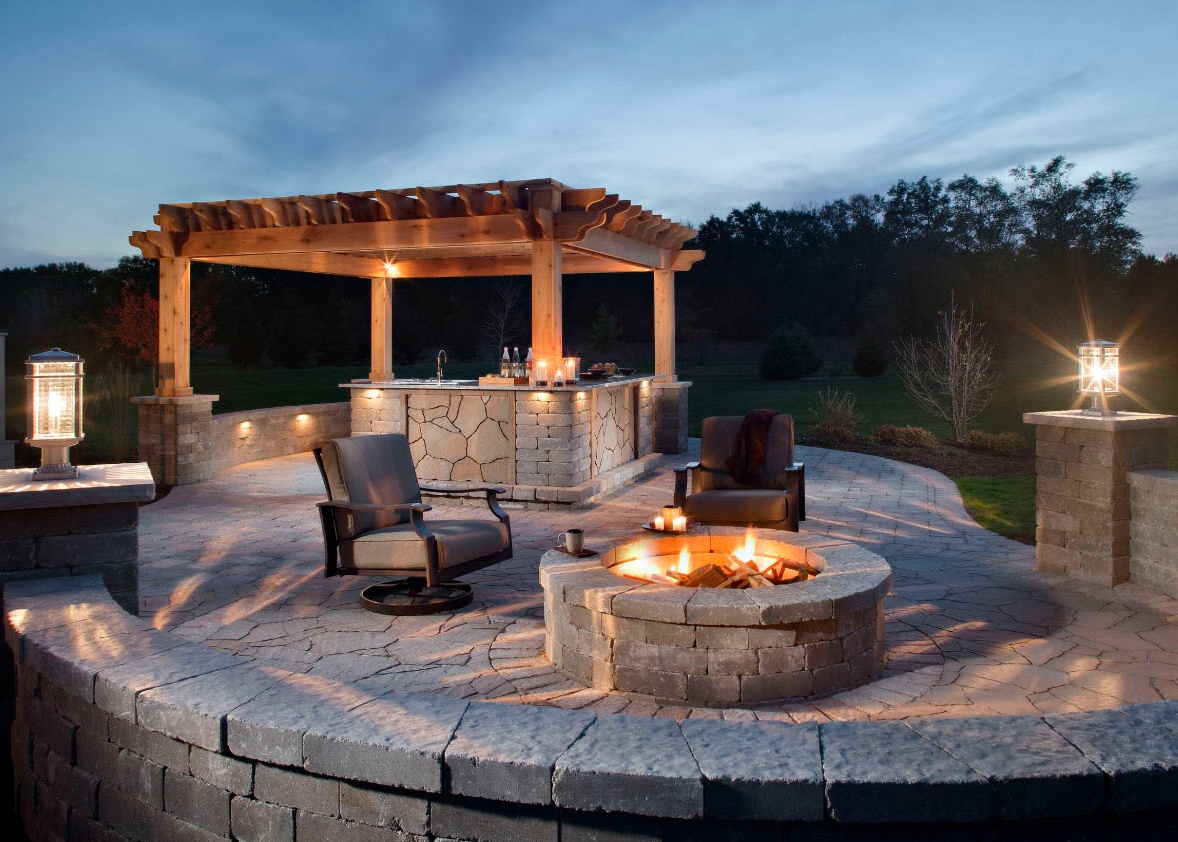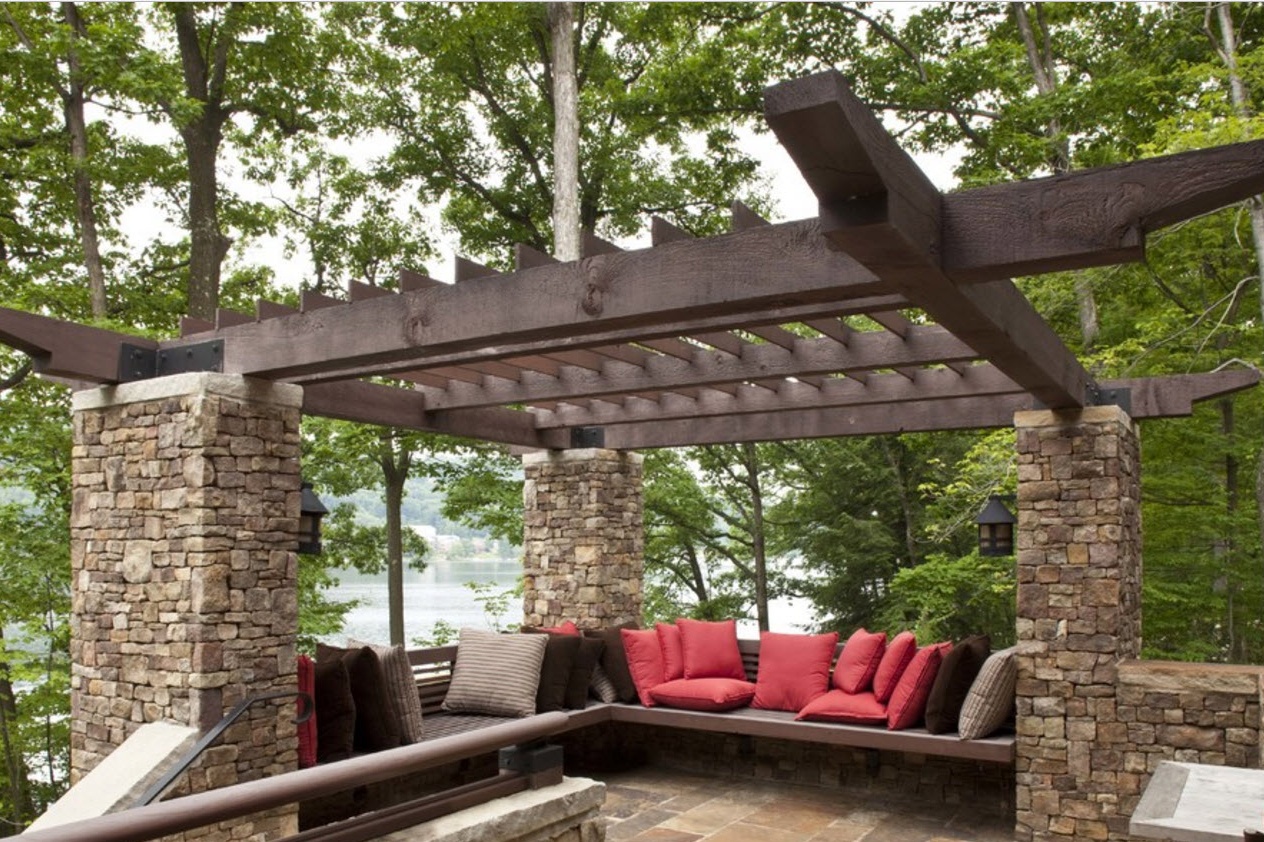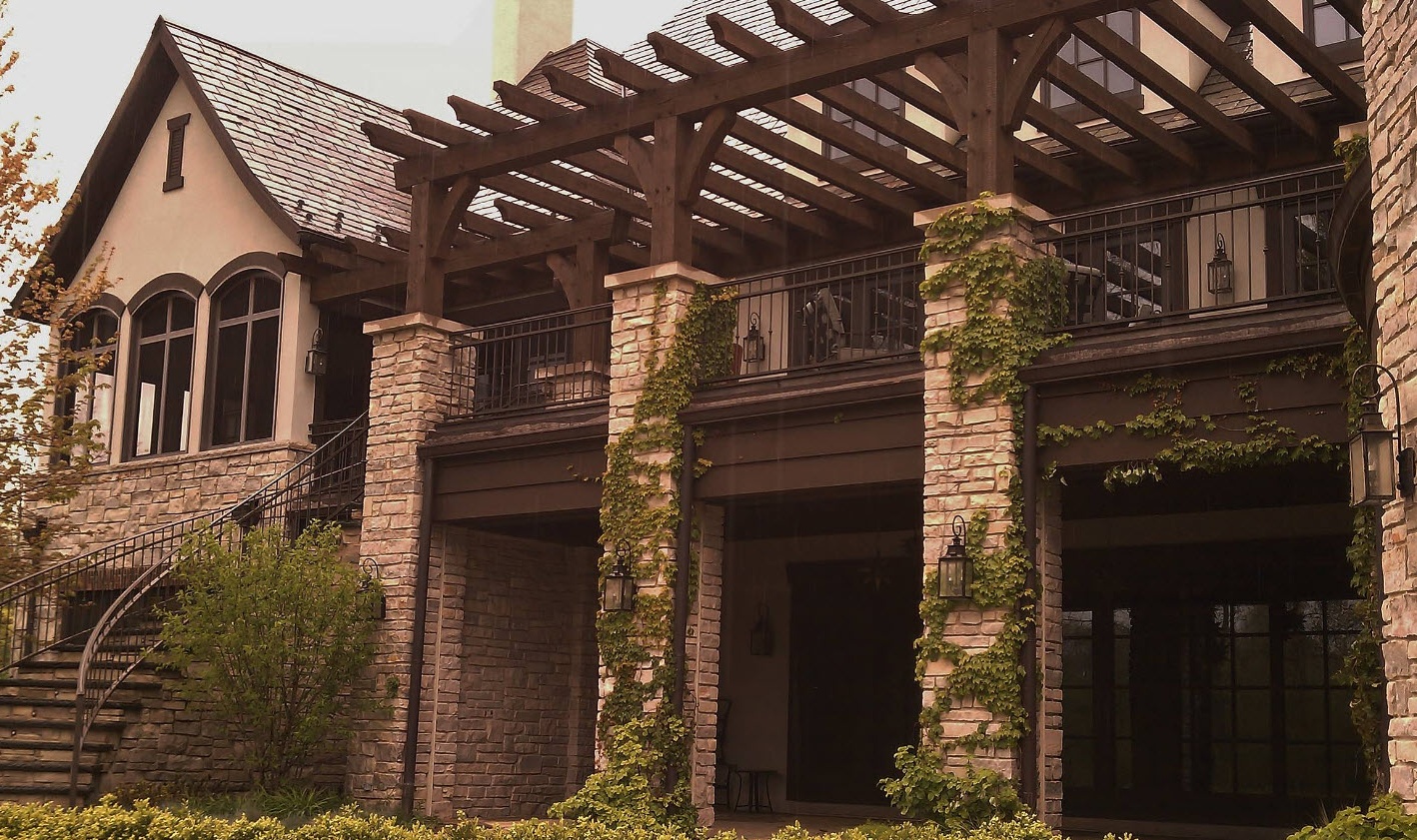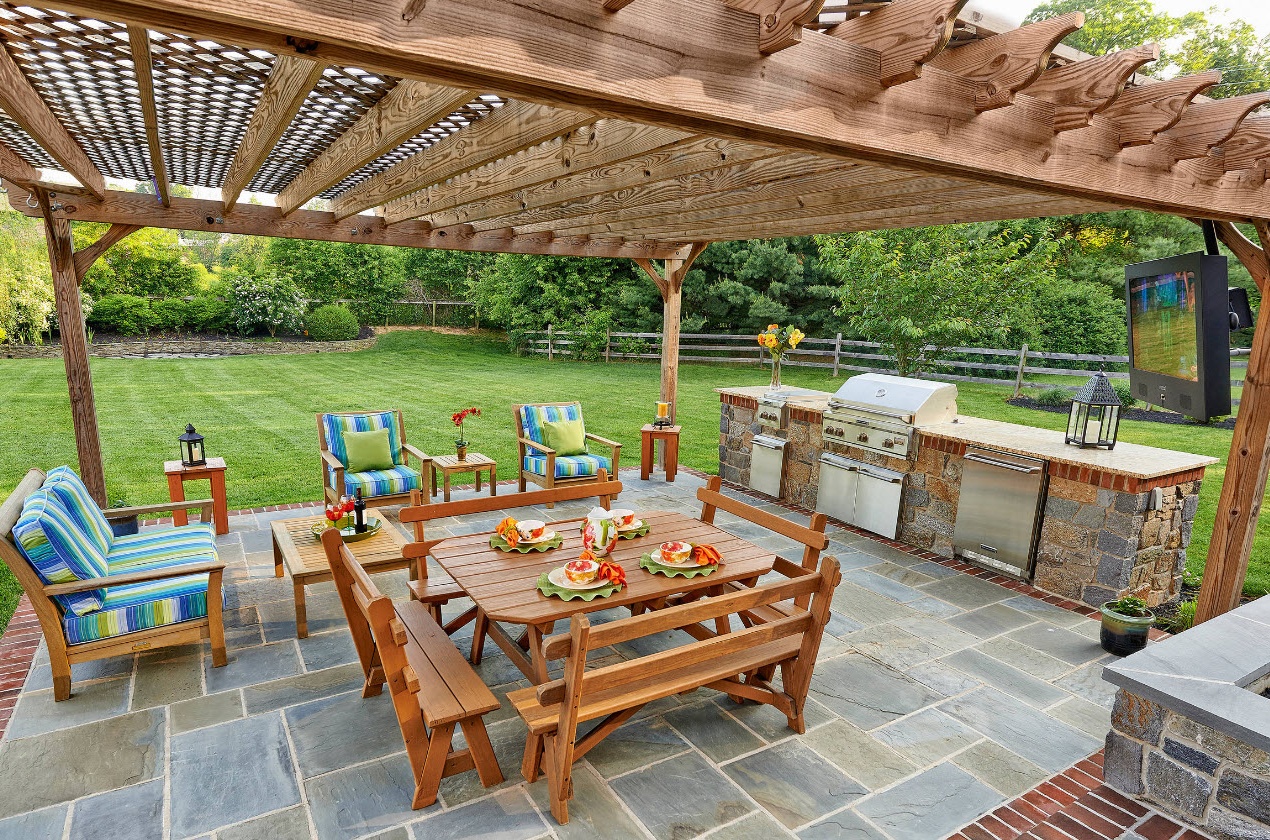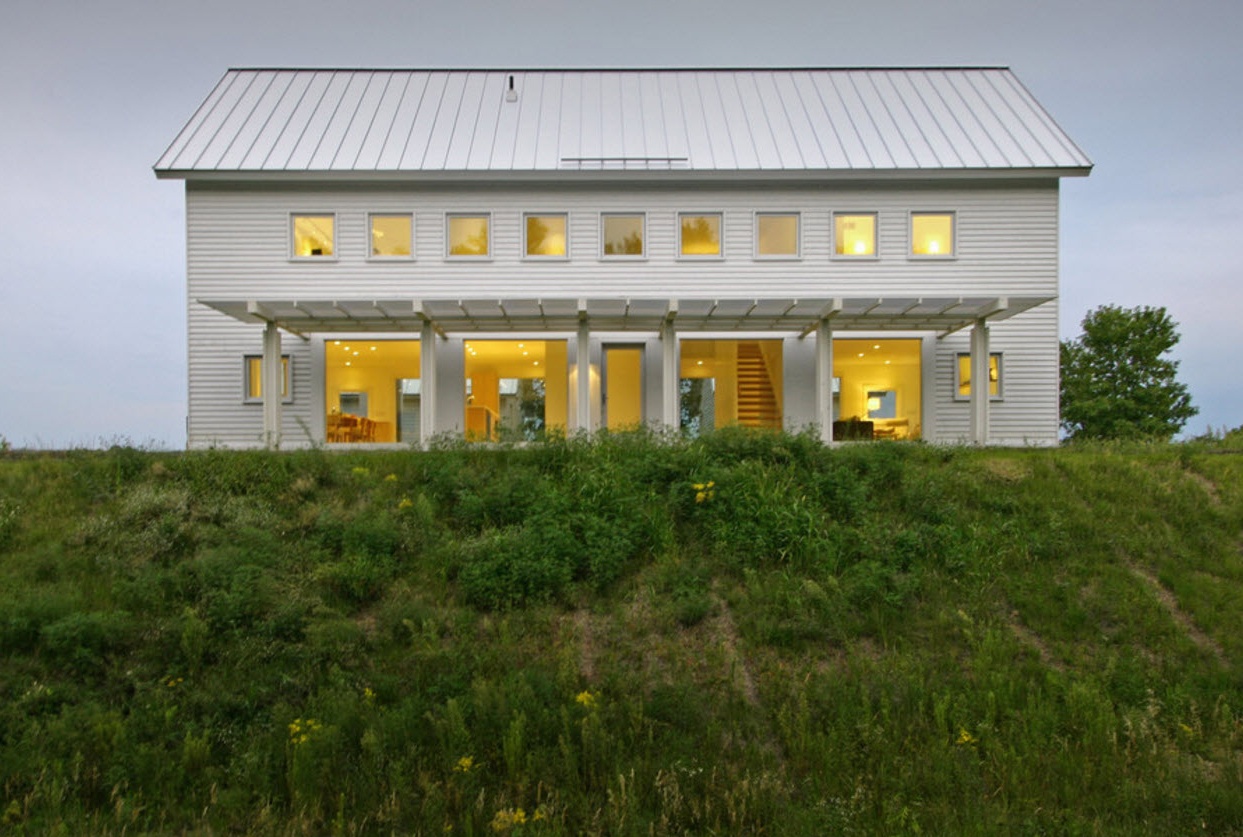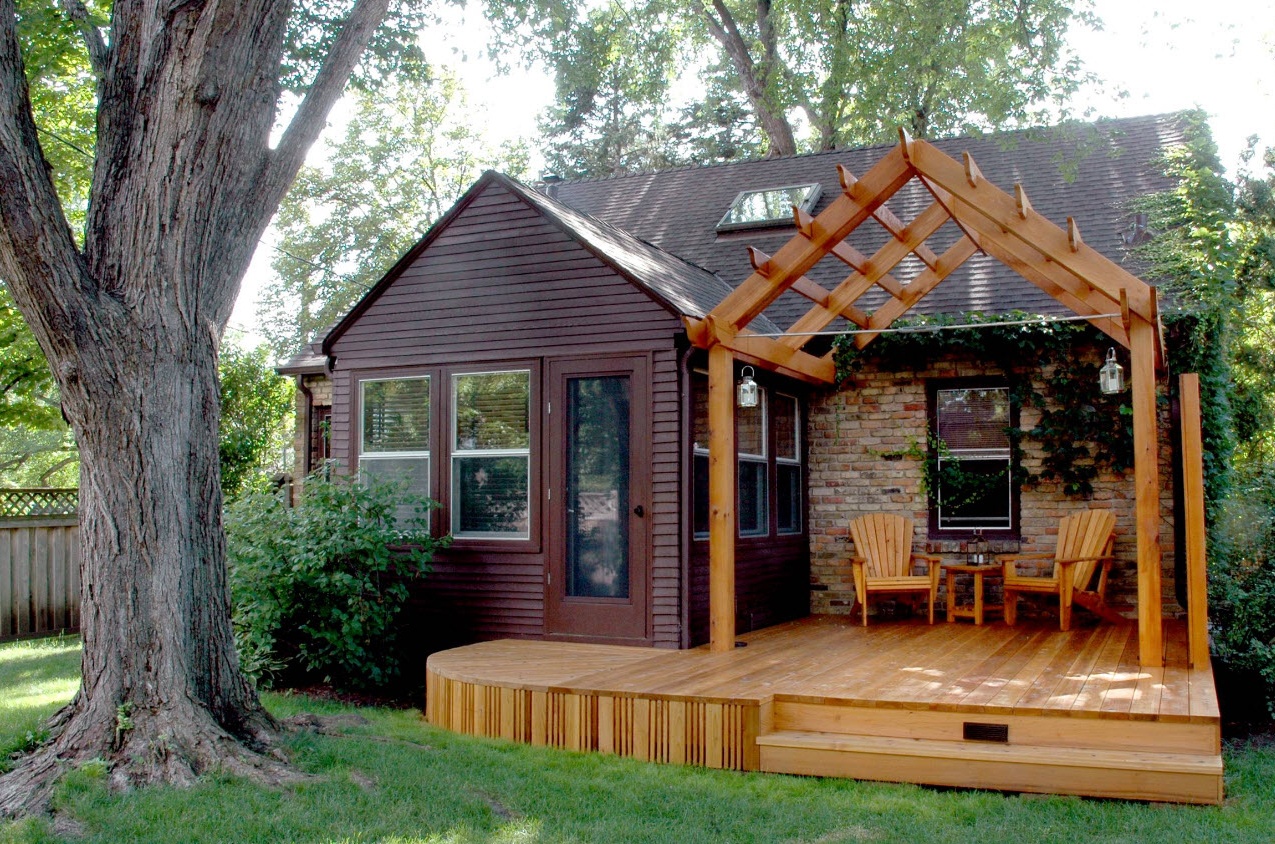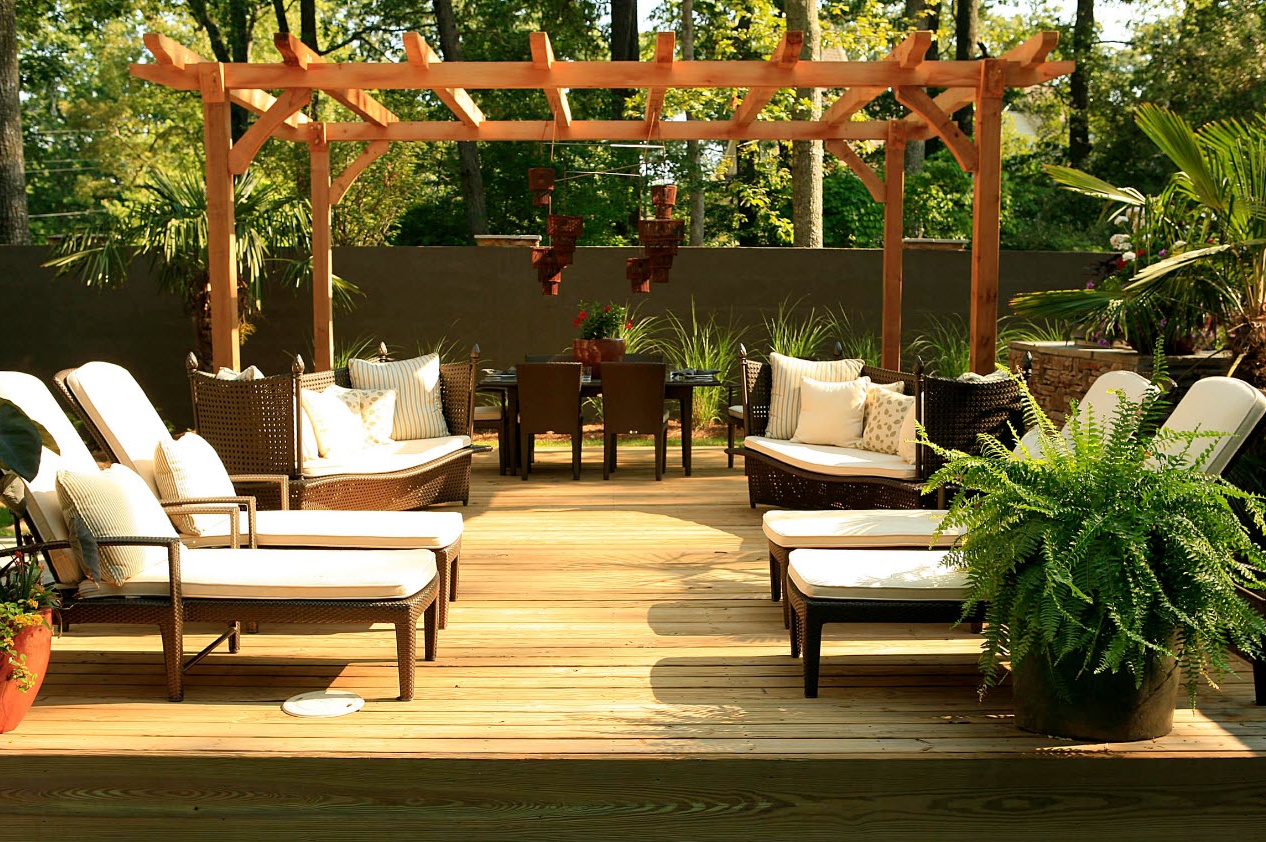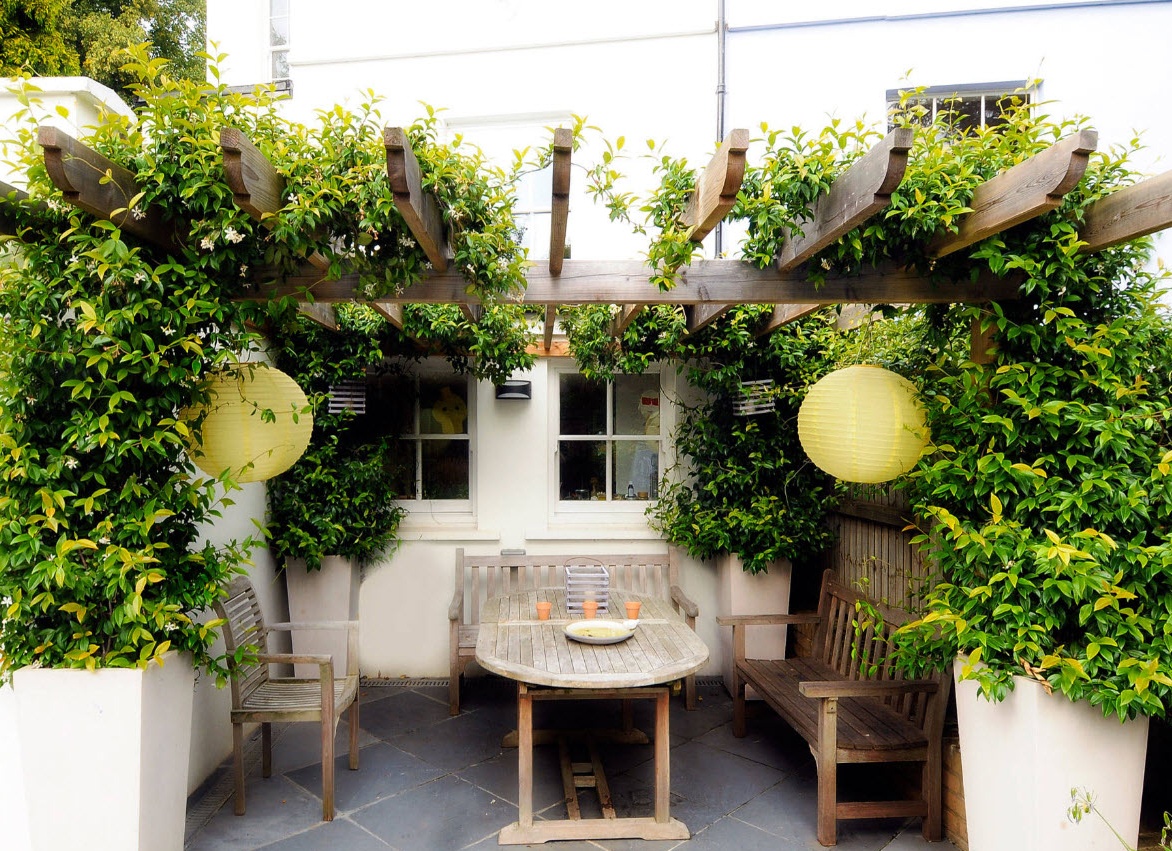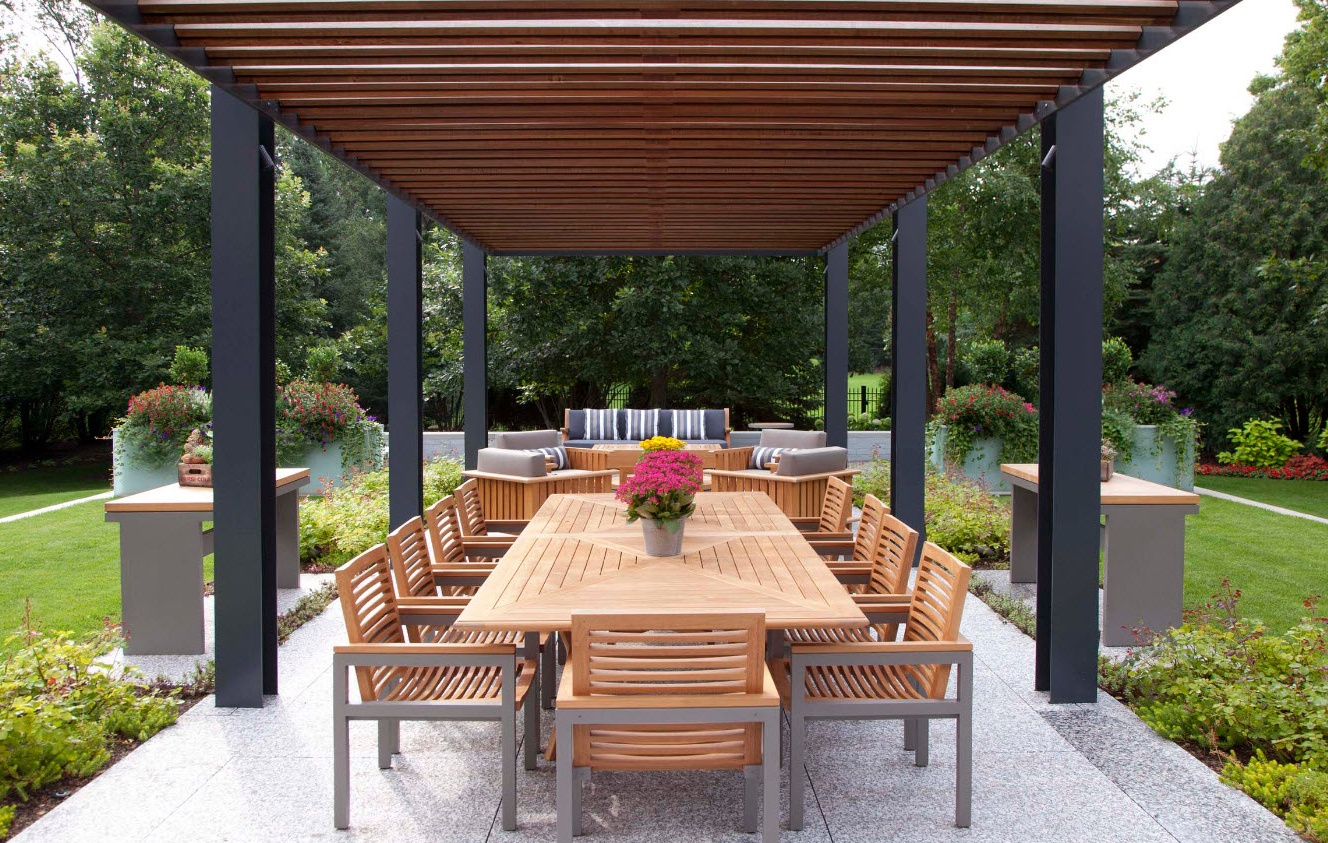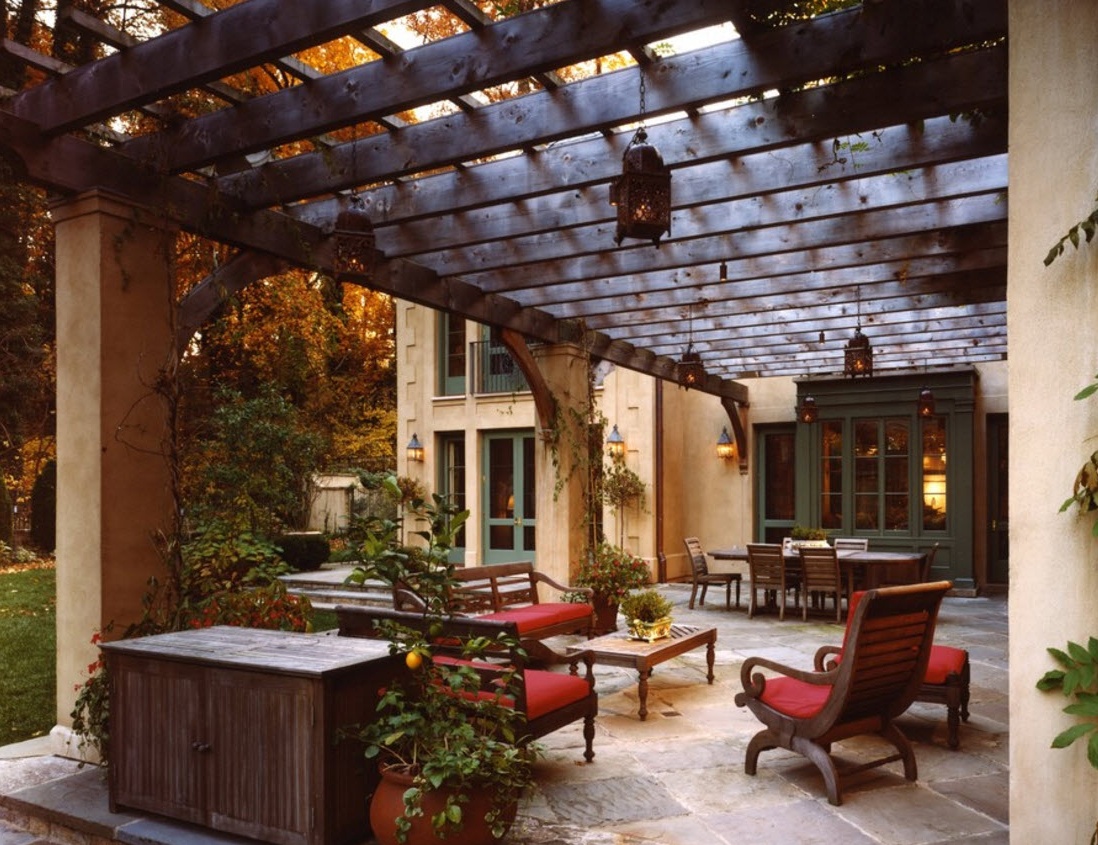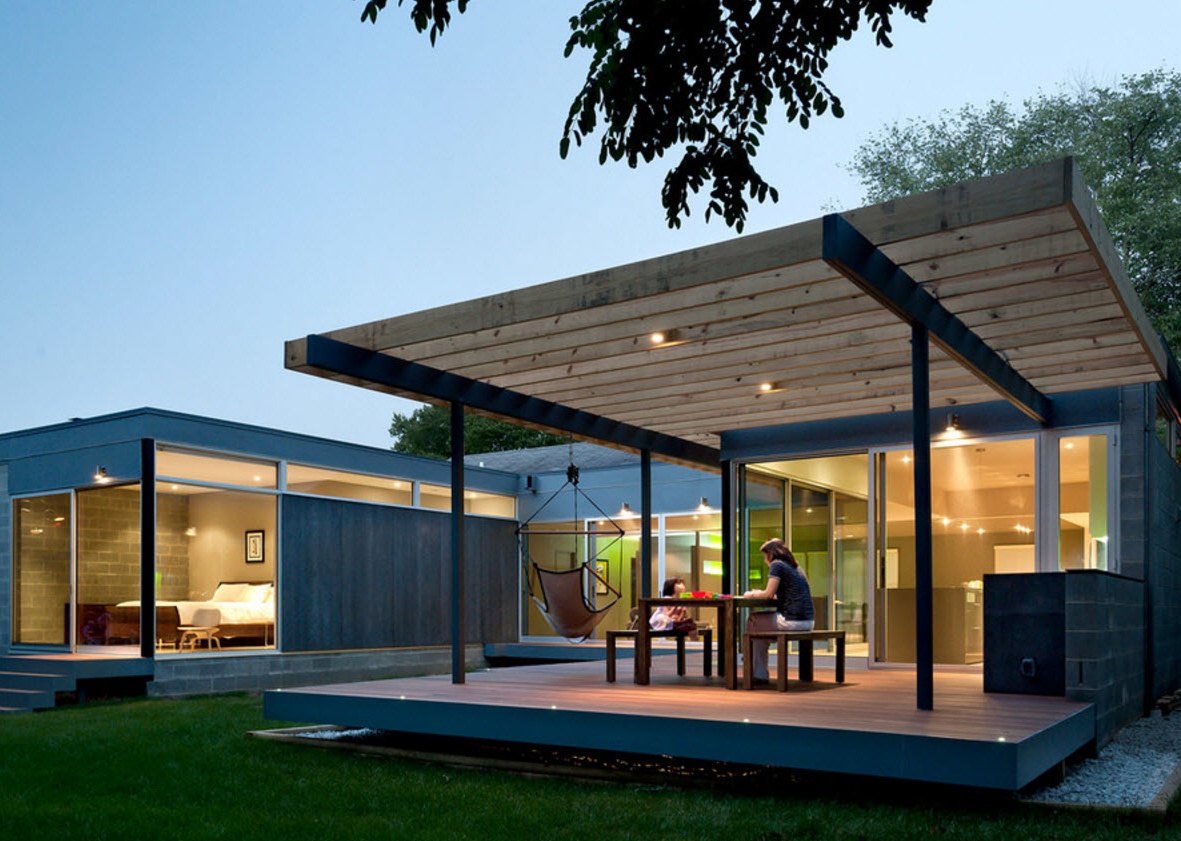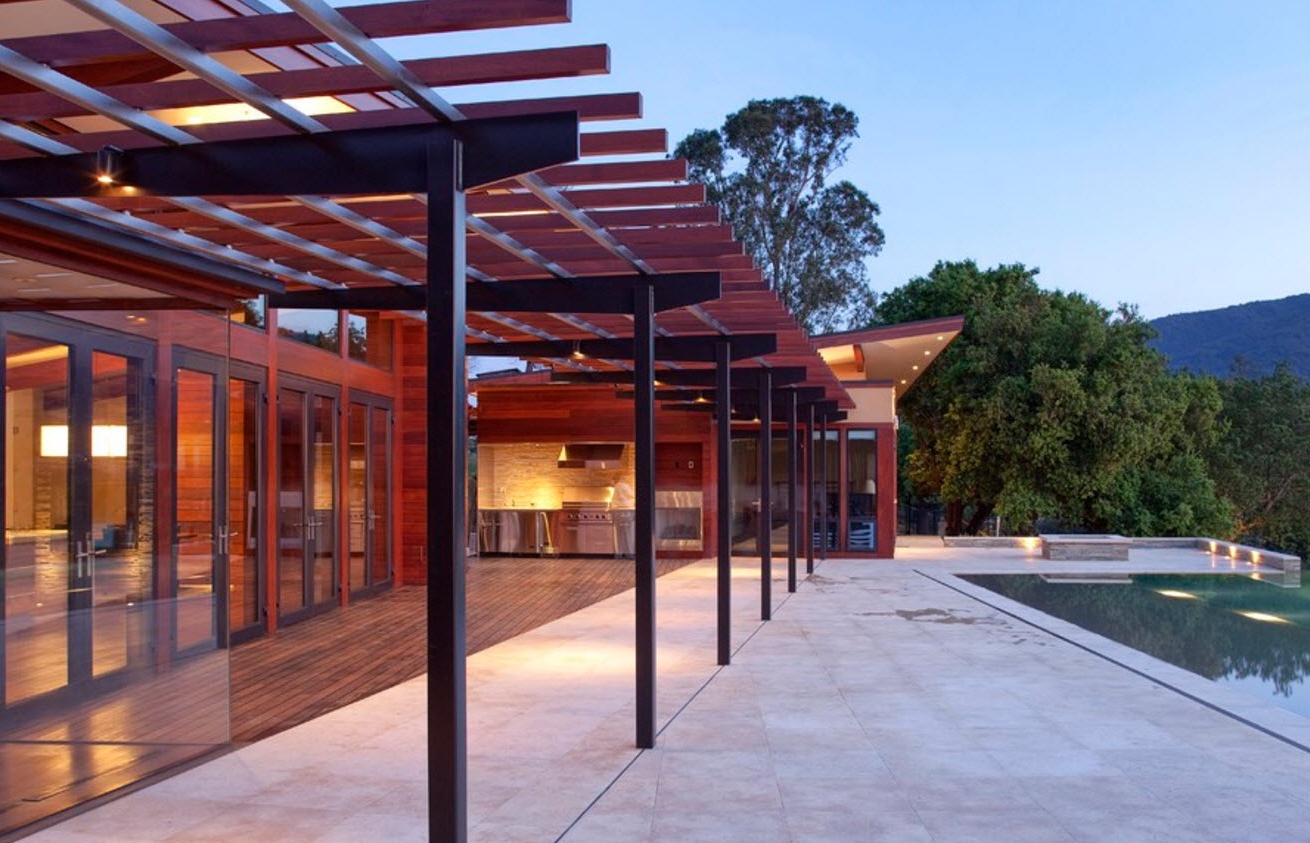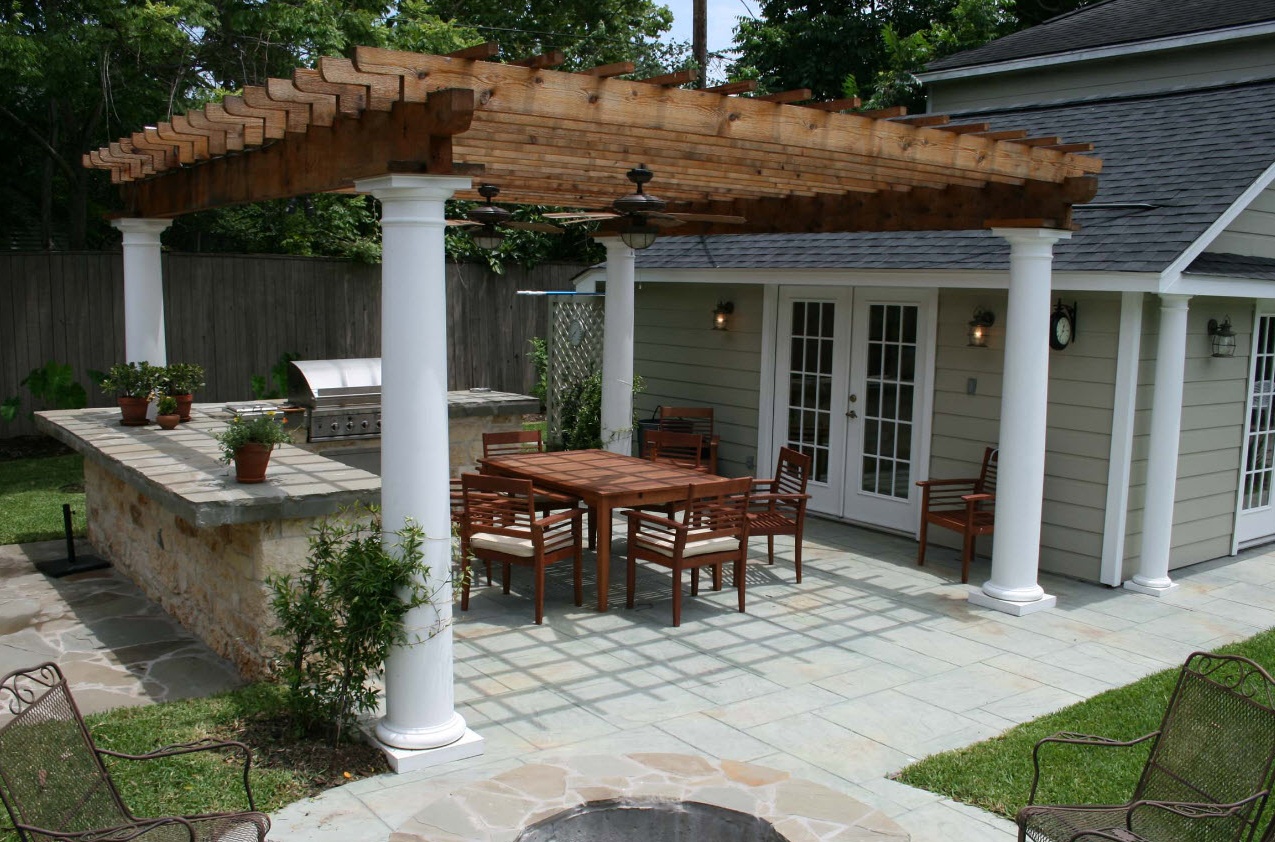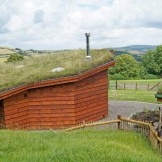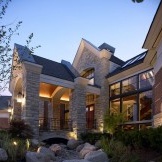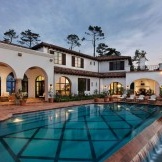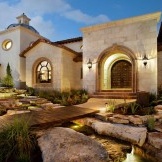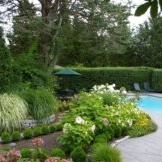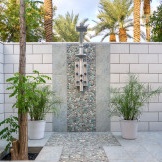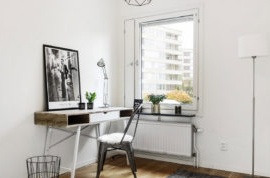Pergola in landscape design
In the field of landscape design, as well as in many sectors of our lives, changes are constantly taking place, new trends, preferences and fashion trends arise. It is not surprising that most owners of private houses, summer cottages and personal plots try to arrange their land tenure with the maximum convenience, comfort and aesthetics. In this publication, we will consider such an element of landscape design as a pergola. Initially, pergola was used as a support for the distribution of climbing plants, most often grapes. Today, this arched structure made of wood (metal, stone and even plastic) is also used as a canopy, gazebo, visor above the front door and just a decorative element of the house territory.
What and how is pergola made
In the manufacture of pergolas, the following materials can be used:
- tree of various species;
- metal;
- a rock;
- plastic and metal plastic;
- combination of materials.
The undisputed leader among materials for the execution of such elements of landscape design as a pergola is considered to be wood. Not only naturalness, flexibility and affordability of raw materials have become the main reasons for using natural materials, but also the high aesthetic qualities of finished products. Structures made of wood can be easily combined with any elements of landscape design, buildings, plantings. In addition, wood is perfectly combined with other types of raw materials for the manufacture of original pergolas. For example, the base of a pergola can be made of stone (in the form of columns), and the crossbars can be made of wood. Or the structure may have wooden supports and a metal grill as floors.
When choosing a material, it is necessary to proceed from the compiled (or proposed) image of the site, its stylistic performance and financial investments in the project. So, what tasks can a pergola perform in a summer cottage or in a courtyard of a private household:
- construction may be necessary to correct the growth of climbing plants;
- can act exclusively in the form of a decorative element of landscape design, decorating the image of a personal plot or back yard;
- with the help of a pergola, you can “mask” technical buildings that are unsuccessfully knocked out of the overall design picture (barn, garage, poultry house, etc.);
- with the help of such buildings it is possible to zone the site;
- with the help of a pergola installed for the growth of climbing plants, you can create a kind of "green corridor" from one structure (or an important object of landscape design) to another;
- pergola can serve as a place for relaxation and solitude, because it becomes a source of coolness and shade on the site (arbors, awnings);
- the pergola installed in front of the windows creates a shadow for the southern part of the house or any other structure (canopies, peaks).
If the pergola is designed to support climbing plants, then, on the one hand, the design should look easy, but on the other, be strong enough, stable and reliable, because the branches of some plants weigh several kilograms.
Pergola - a variety of designs
Pergolas are distinguished not only by the type of material used for construction, but also by the type of construction:
- pergola - awning. This type of construction is most similar to a canopy, but instead of a solid roof - a number of rails, beams or grille. This design can protect from the sun, but not from rain. It is installed as a separate building, and can adjoin a larger structure - a house, a summer kitchen, a veranda, a bathhouse;
- pergolascreen. Used to create a shaded space for privacy. The design can be applied as a zoning element;
- pergolavisor. This trend came to us from southern countries - a device that helps create a shadow near the windows on the south side of the building;
- pergolacorridor. Typically, the design is used to create a green tunnel - climbing plants create an excellent shadow, relying on pergola elements.
All constructions of pergolas can be divided into two large groups:
- detached structures (standing separately from buildings);
- adjacent to the buildings (most often they are part of a house, porch or other buildings).
When choosing a pergola design, it is important to determine the size correctly. Too large a structure in a small summer cottage or garden will look ridiculous, too high - to create little shadow, and too small may not withstand the weight of climbing plants. But it all depends not only on the size of the land or yard, but also on the scale of other structures involved in the landscape ensemble - from the main building to the swing or alpine hill.
Pergolas can be square and rectangular, arched or with an inclined execution of ceilings. The choice of form depends on your personal preferences and the execution of other elements of landscape design, the size of the pergola itself and the building to which it can fit, if it is not a separate structure.
Arched pergolas are more complicated and more expensive in terms of manufacturing, but their appearance compensates for any costs. Indeed, this is how the first structures of this type of landscape structures initially looked. Elegant curved floors will decorate even the most ordinary design, giving the whole ensemble a touch of unobtrusive luxury, elegance and status.
Where to install the pergola
The place for installing the pergola is determined, first of all, by its functional load. It is necessary to decide whether the construction will be part of the decorative component, whether it will become a support for climbing plants or will it create a shadow as a canopy, gazebo, “green corridor”. Also, the place for installing the pergola is affected not only by the size of the land (yard), but also by its layout.
One of the most common options for installing a pergola as a stand-alone structure is associated with the organization of a place for dining in the fresh air. Agree that it would be strange to have your own yard or summer cottage and not be able to gather the whole family for lunch or dinner in the open air. Of course, a pergola will not protect your dining table from rain, but it will save you from the scorching sun.
An equally common option for installing a pergola is to fit the structure to the main or secondary building. Most often, a pergola acts as a canopy or a large visor, which is a continuation of the house (less often - a summer kitchen). With this arrangement, you can arrange a place for meals or a relaxation area directly next to the house, which simplifies traffic and is ideal for households with small plots of land or back yards.
Pergola may not be part of the house, not be a continuation of it, but located in close proximity, for example, on a wooden platform attached to the main building. For many homeowners, this option of organizing a place to relax, eat and barbecue is the most convenient in terms of planning and moving between functional areas.
A place for barbecue and other cooking options on the fire is the pride of any landlord with a plot. The possibility of preparing a meal in the fresh air gives no less pleasure than its absorption. For organizing shading and partial sheltering of a barbecue area, a pergola can also be an excellent component of landscape design. Pergola will look great both in the company of a compact brazier and a large-scale outdoor stove.
The poolside relaxation area needs shading. Even under a small pergola you can easily fit garden furniture for relaxation - trestle beds or sunbeds, chairs or a small sofa.You can relax by the pool without fear of sunstroke. But at the same time, the space under the pergola will be completely ventilated, which can not be said about the arbors.
At the summer cottage, the pergola can be used as an element of zoning, separating flower beds from the working area. If you need to plant plants that like shade, then the pergola can be used as a construction for shading the area. You can also designate and hide from the sun a playground, a swing or horizontal bars. Similar techniques can be applied even within the small backyard of urban private households.
Pergola can be part of the balcony on the second floor of a private home. If the balcony is located on the south side of the building, then most of the day the sun will mercilessly shine not only in the recreation area, but also in the rooms through which you can exit to the open terrace of the top floor. Some shading of the balcony and windows will provide a light, but at the same time strong construction of the pergola. Her style of execution and color scheme should coincide with the general palette of the facade of the building.
Color choice
The choice of color for pergola design is influenced by the overall landscape design picture and color schemes that were used to make other landscape design elements (the main building and additional buildings). It is important to decide whether you want your pergola to stand out against the general background of the house territory, be a kind of accent, or it should organically fit into the image of the site, sharing a common color scheme.
Most versions of any landscape structures made of wood are associated with the use of its beautiful natural pattern. After all, what could be better and more beautiful than the natural color of wood? In particular, if other elements of buildings and structures are made of similar material. Of course, wooden structures do not remain unprocessed - they are coated with special antiseptics and varnishes that prevent rotting and dampening of the material.
The snow-white version of the pergola looks luxurious against the backdrop of the bright greenery of trees and shrubs, lawns and flower beds. A bright and clean image created by the white surfaces of structures (including a pergola will be in the spotlight) will give a festive, solemn, elegant look to the entire landscape design of the site.
Choosing a color scheme for a pergola, you can stop at the combination of colors and textures. If your design is made of different materials (wood + metal or stone + wood), it will be logical to use different colors for each type of raw material. Experts recommend using no more than two options. For example, snow-white columns are perfectly combined with any color of wood on the crossbars and beams. And dark metal supports combine perfectly with wood of bright colors.
A contrasting selection of colors (black, dark gray, dark chocolate color) is perfect for highlighting the design against the general background of the site. The dark pergola will look especially impressive in the company of garden furniture of a similar shade. Or you can combine a contrasting dark tone with the color of the fence, low fences or borders on the flower beds, part of the decoration of the facade of the main building (rain drains, a canopy over the porch, steps or front door).

